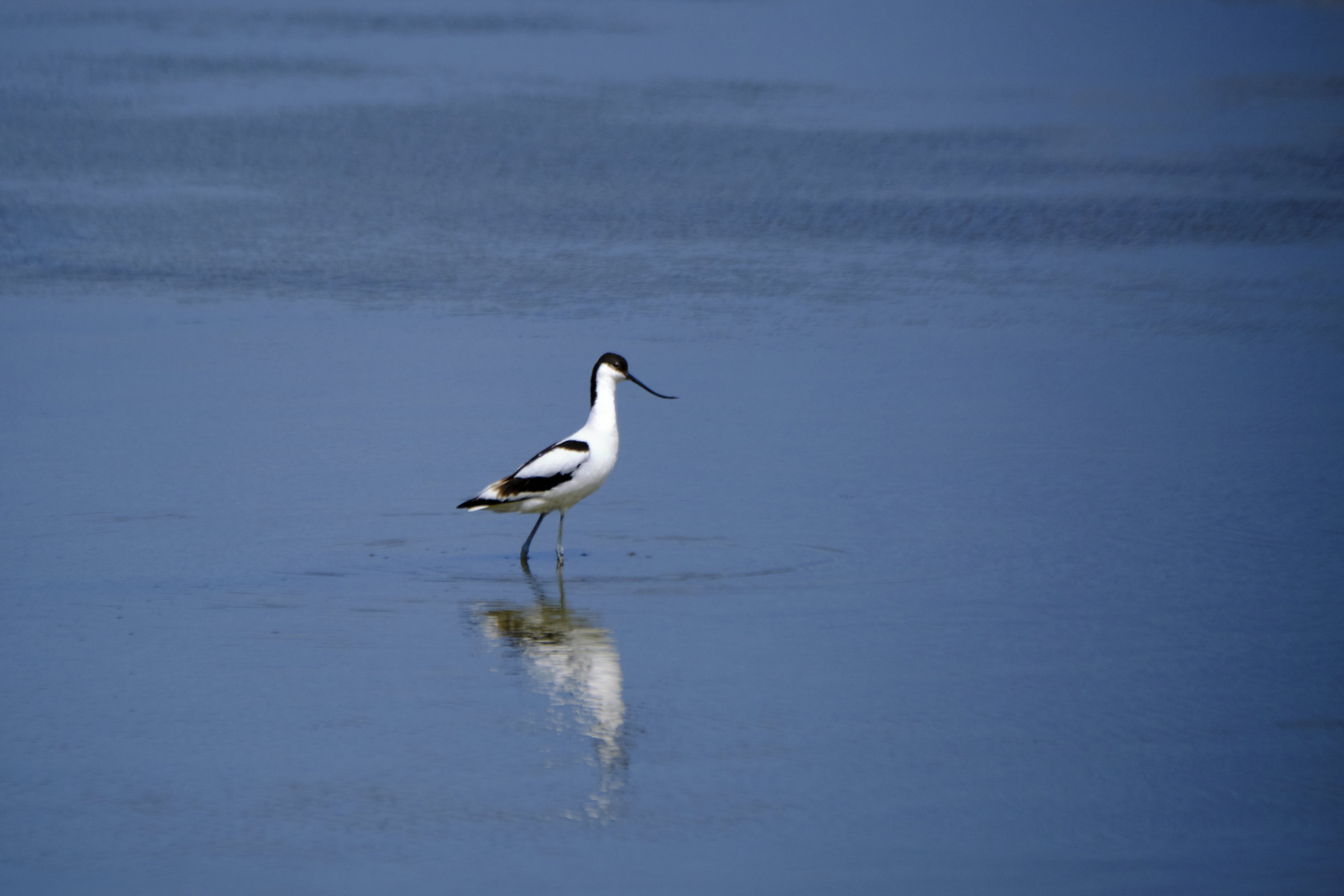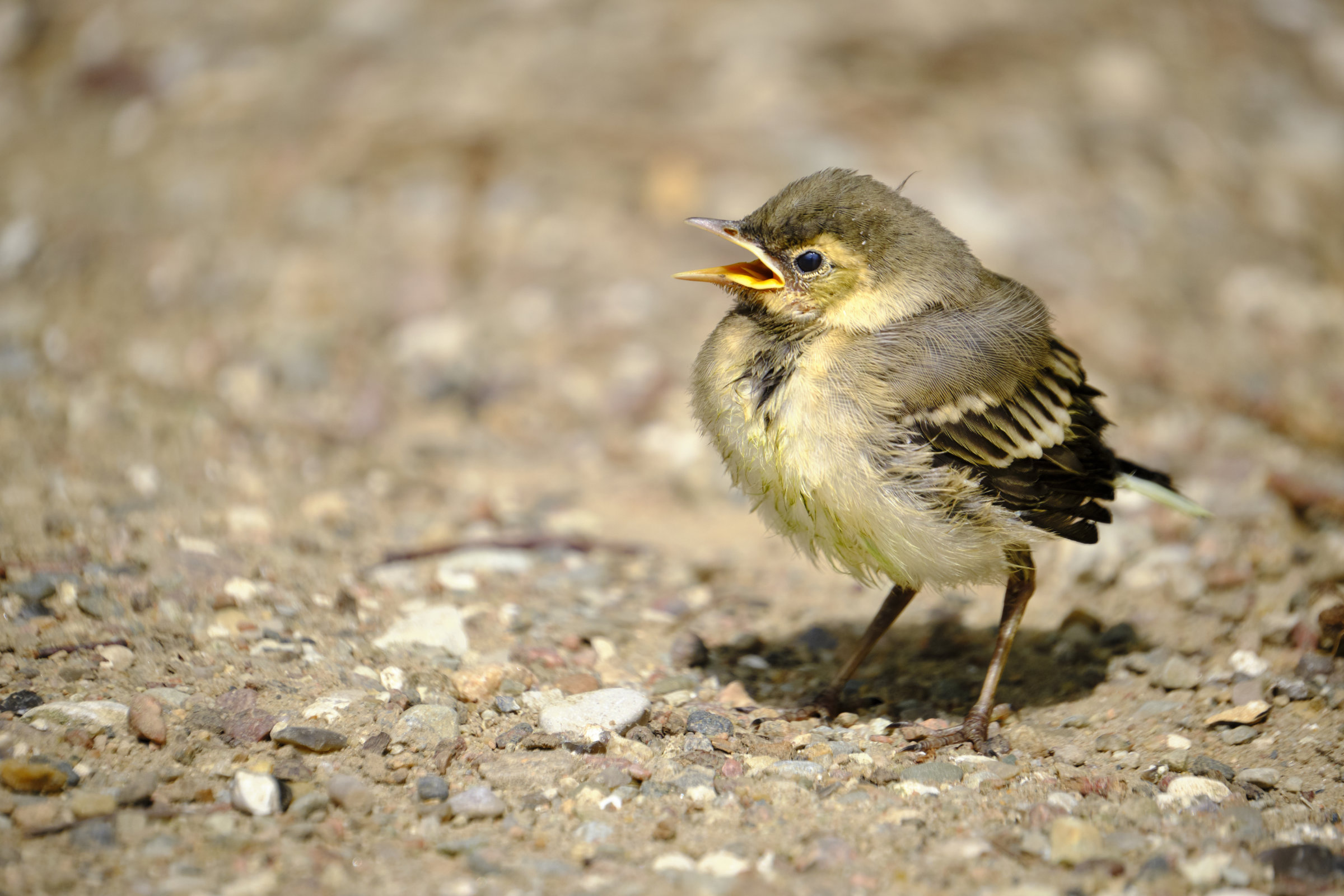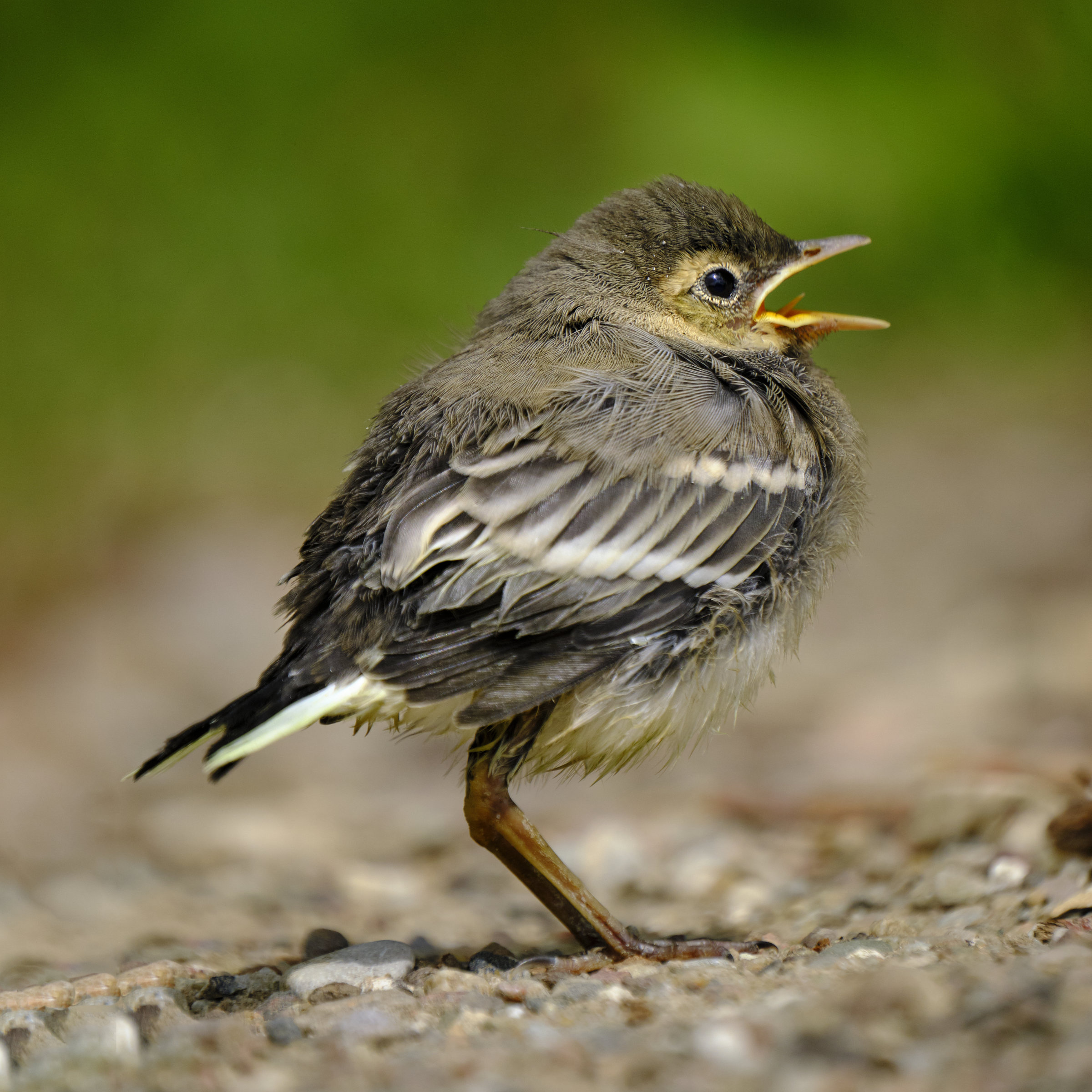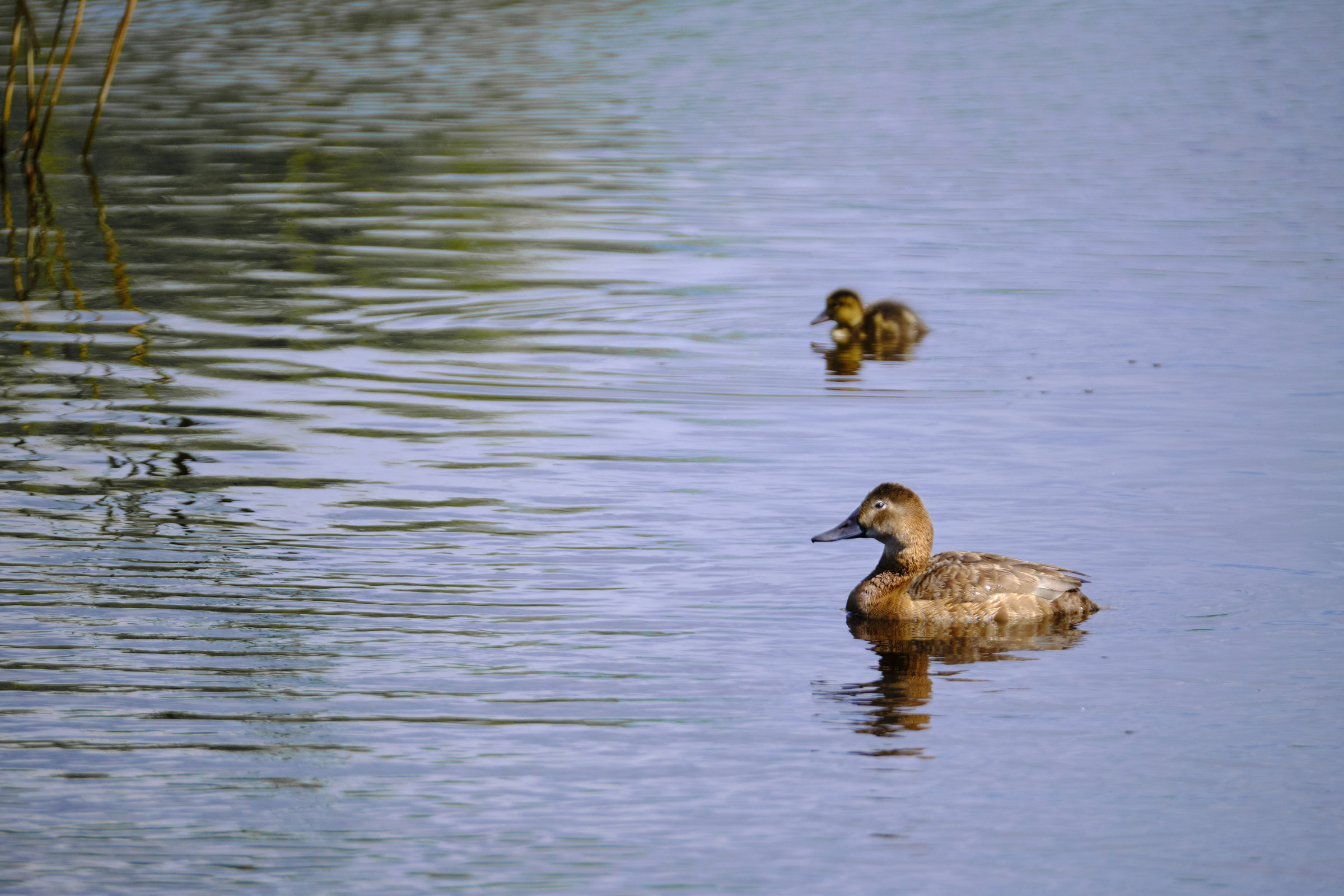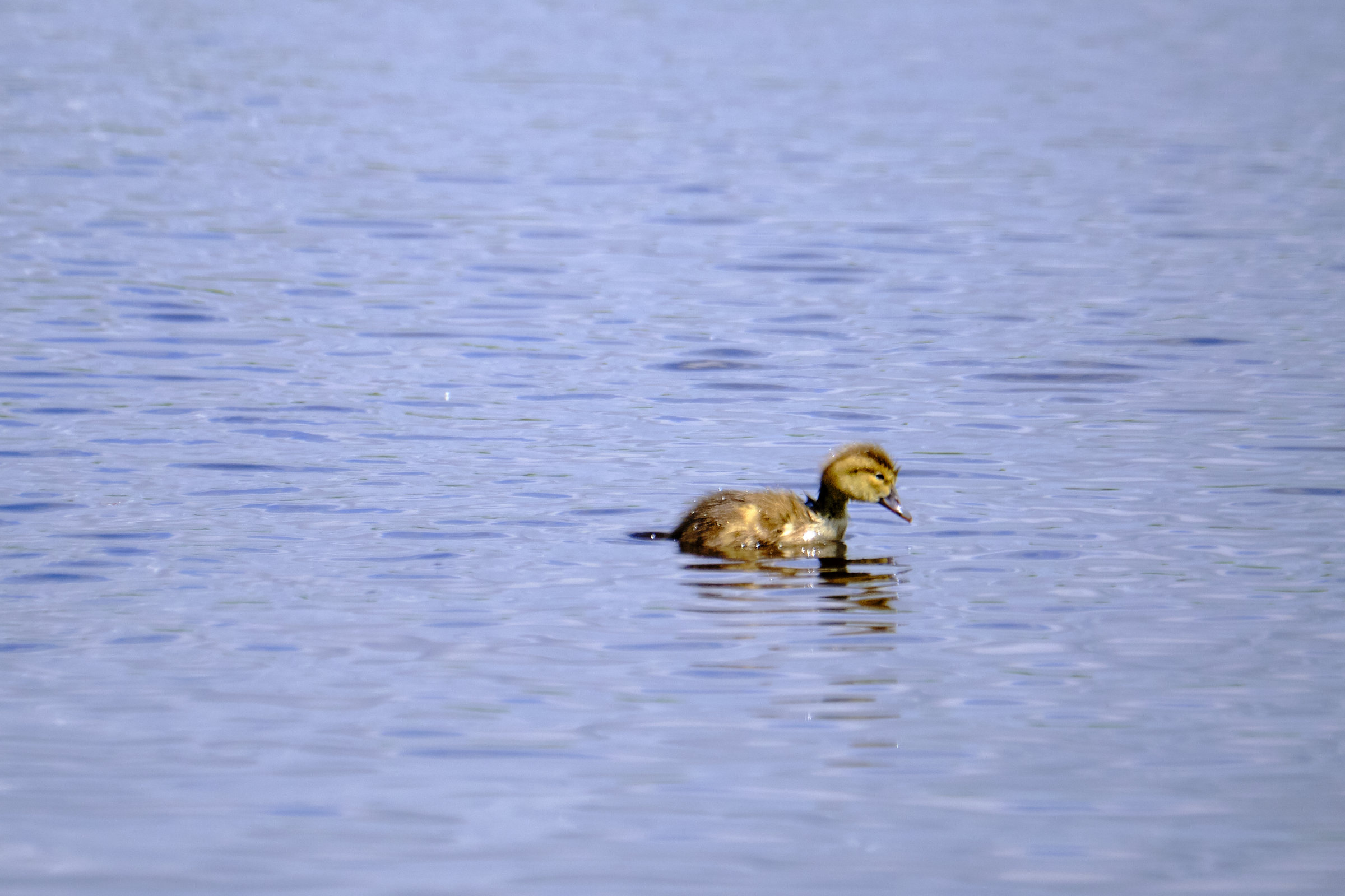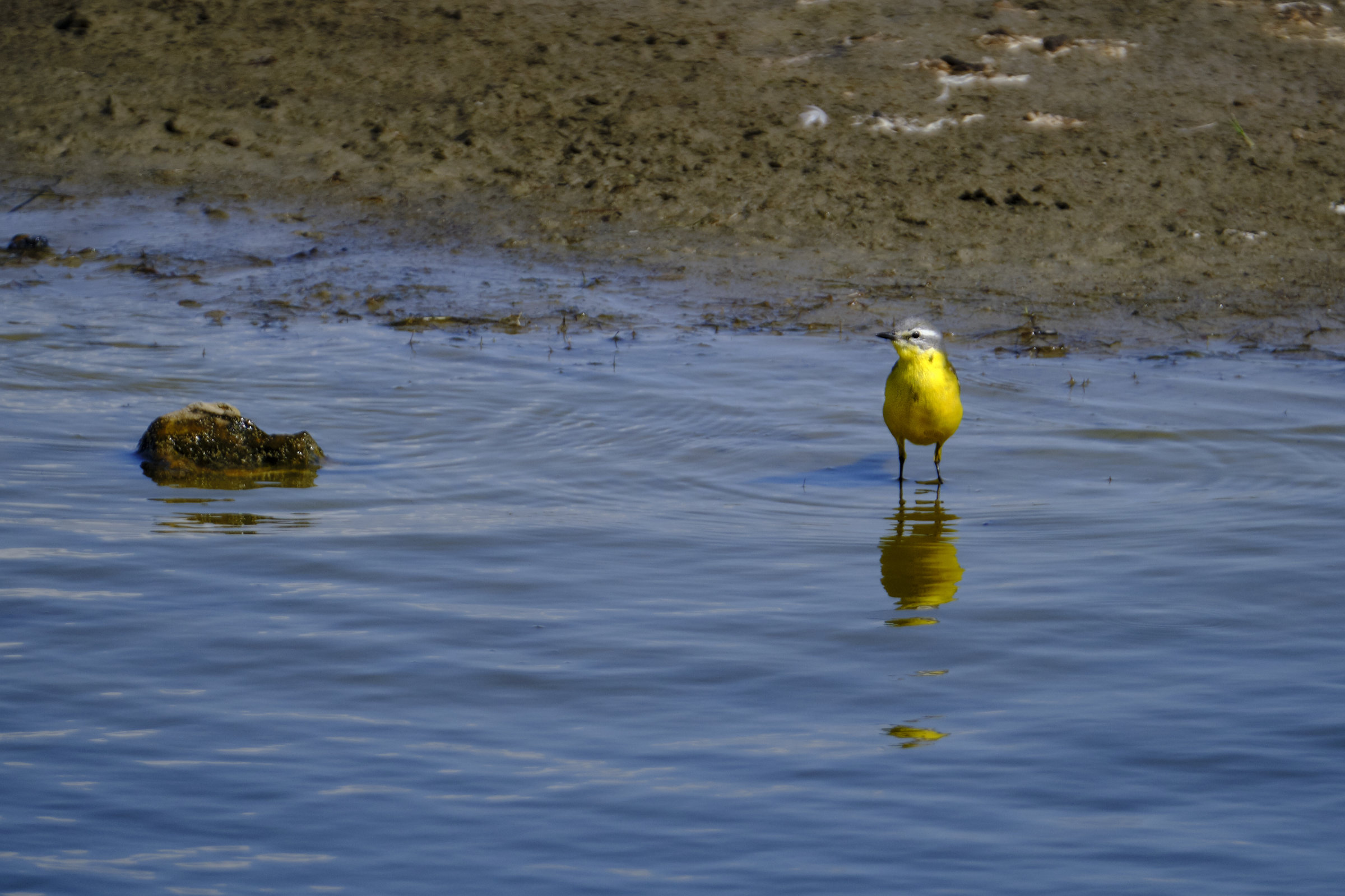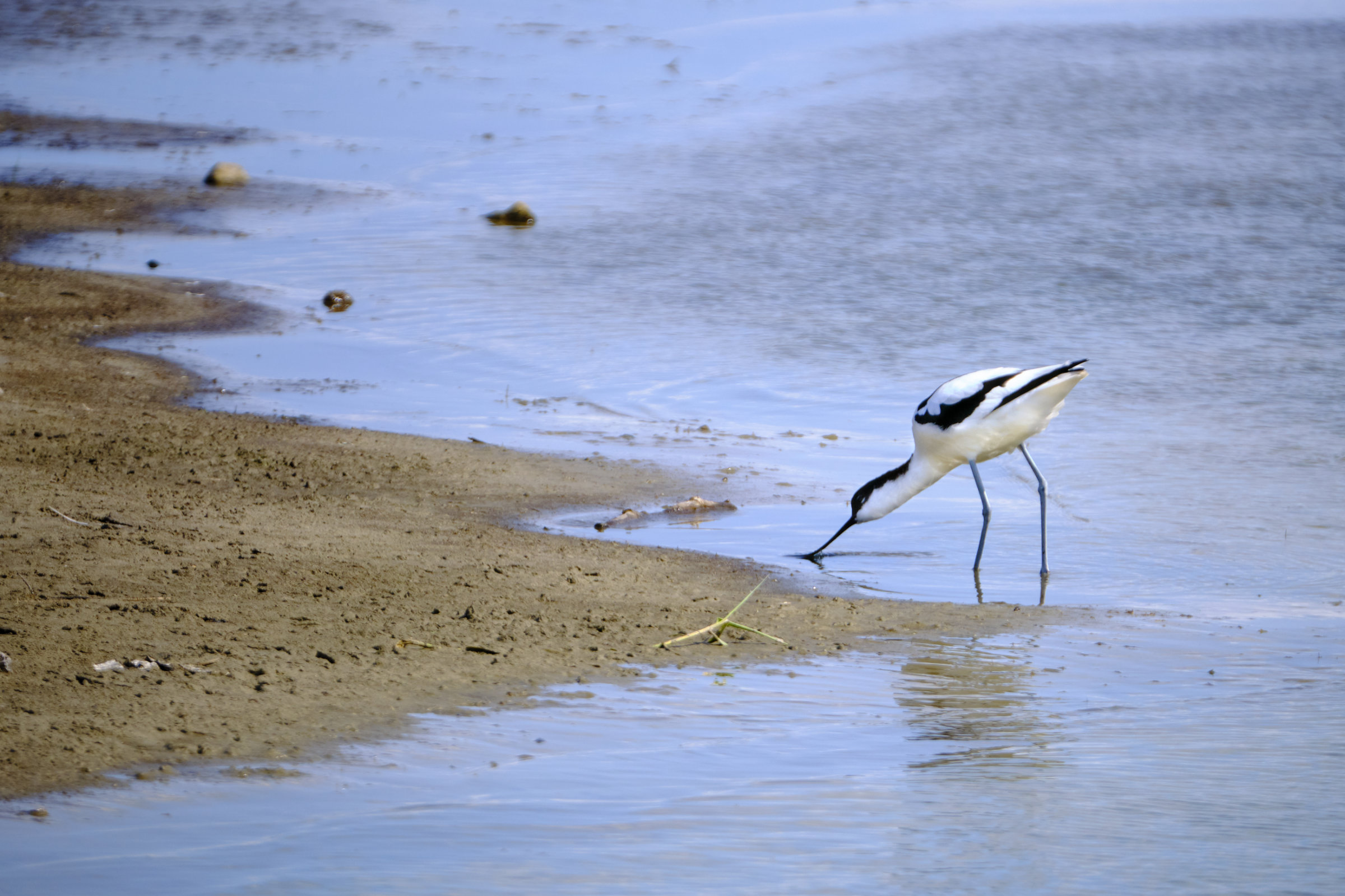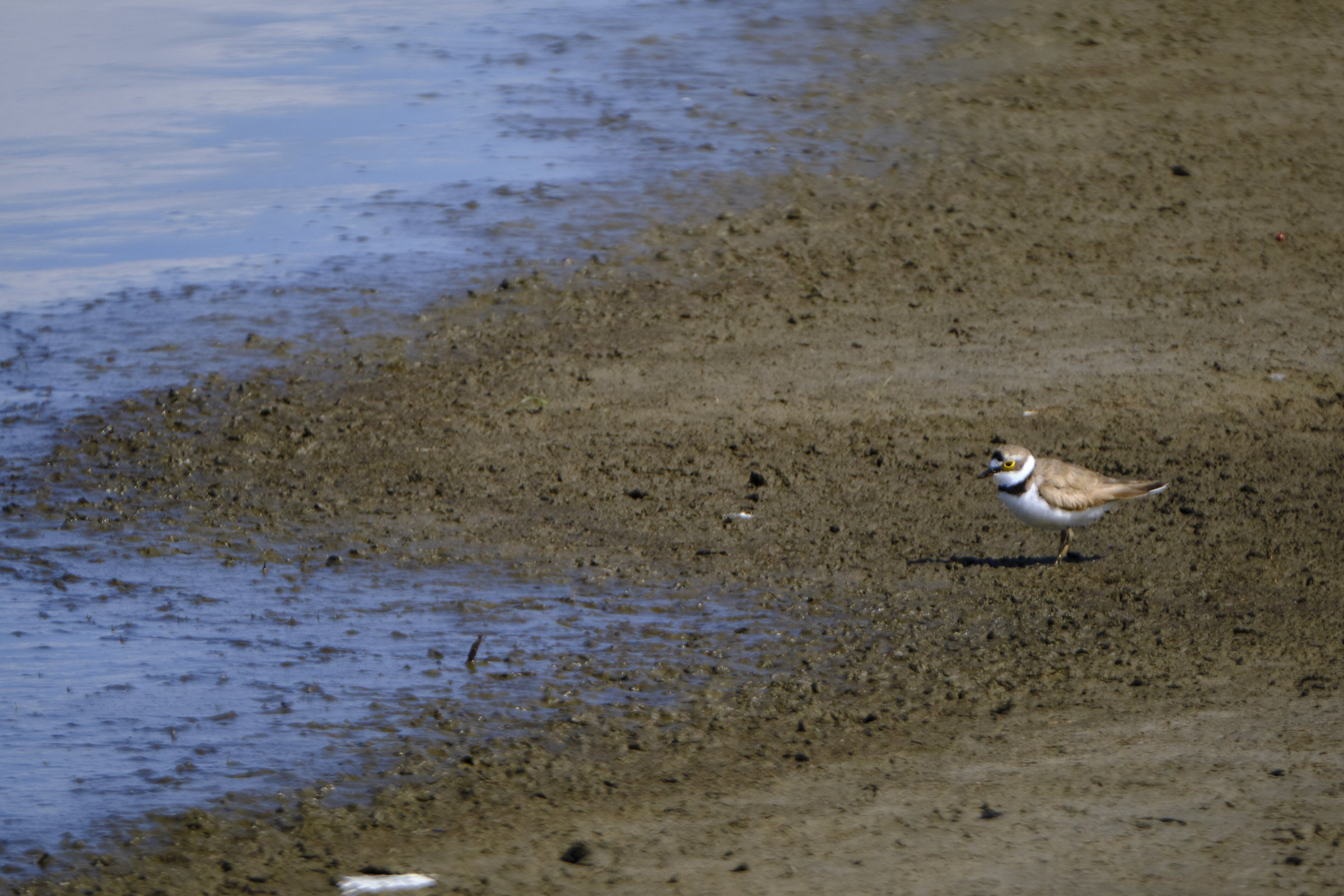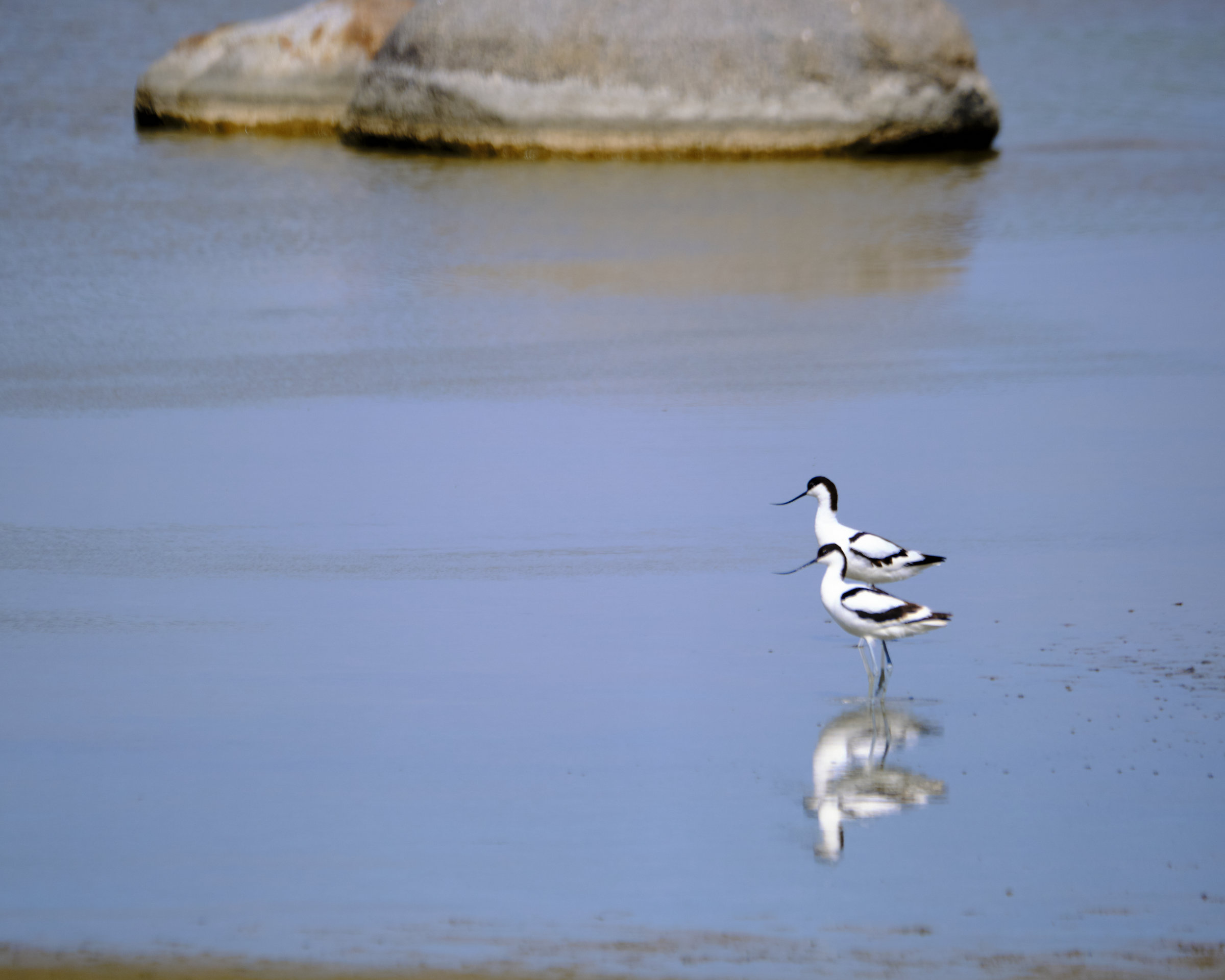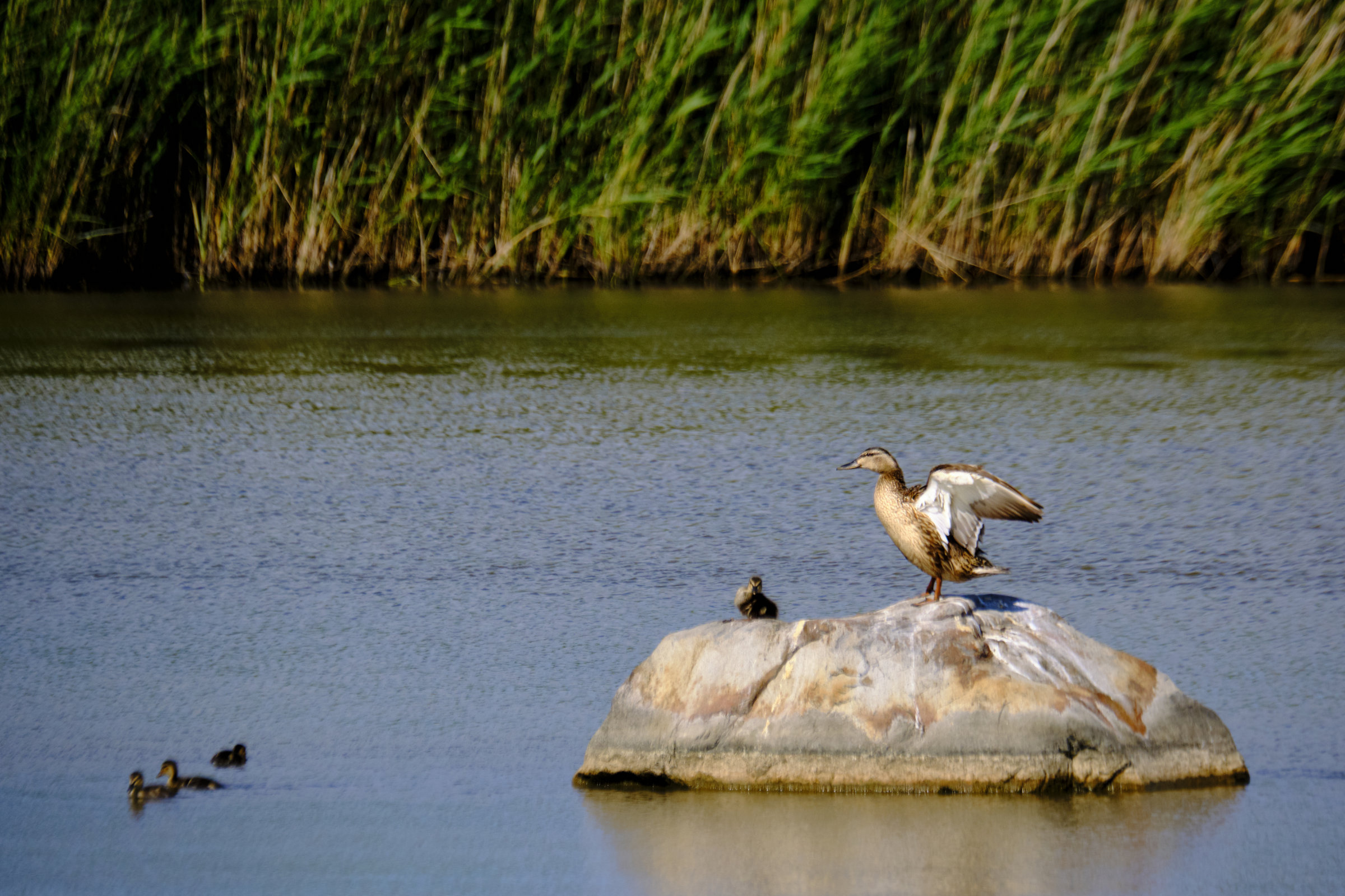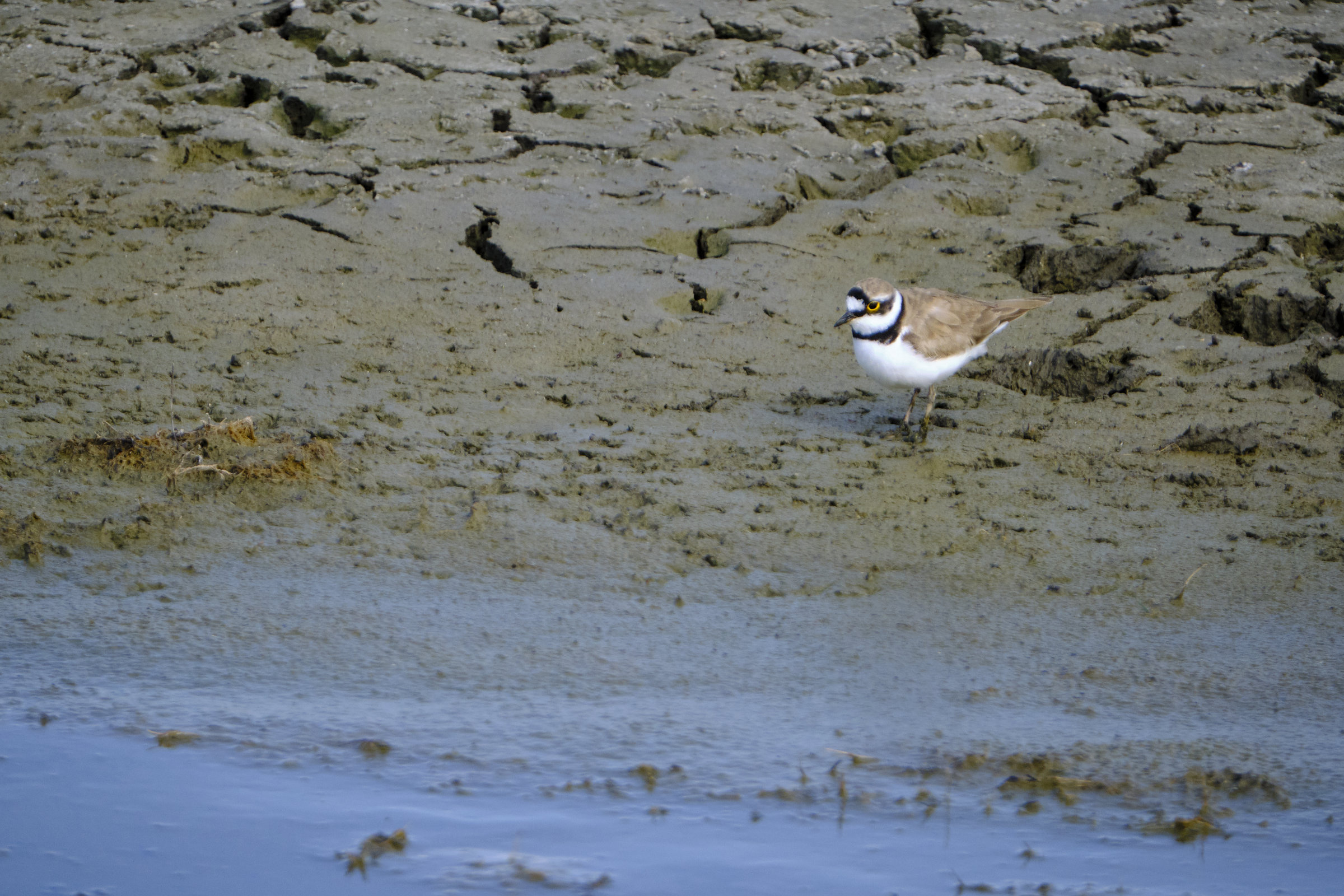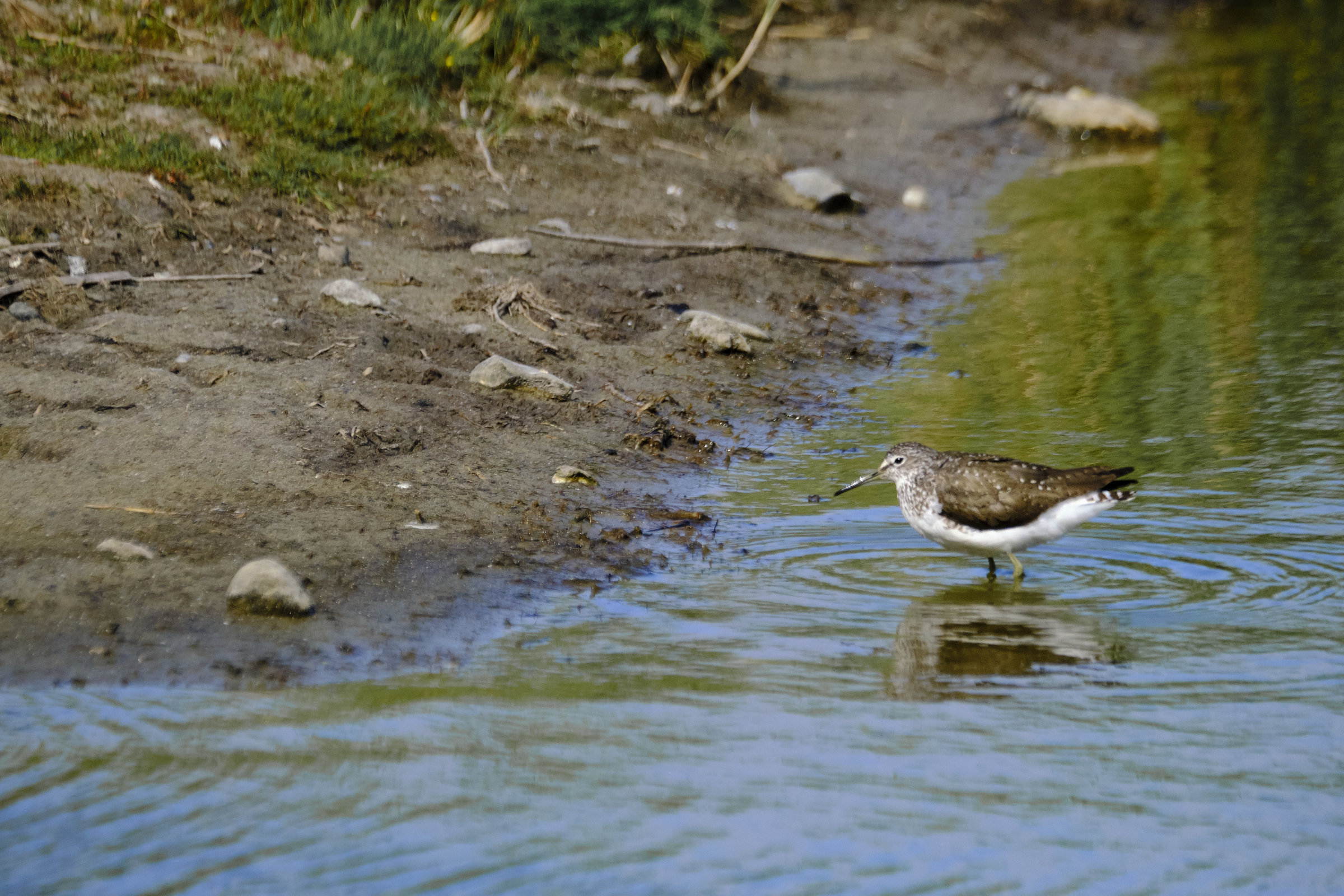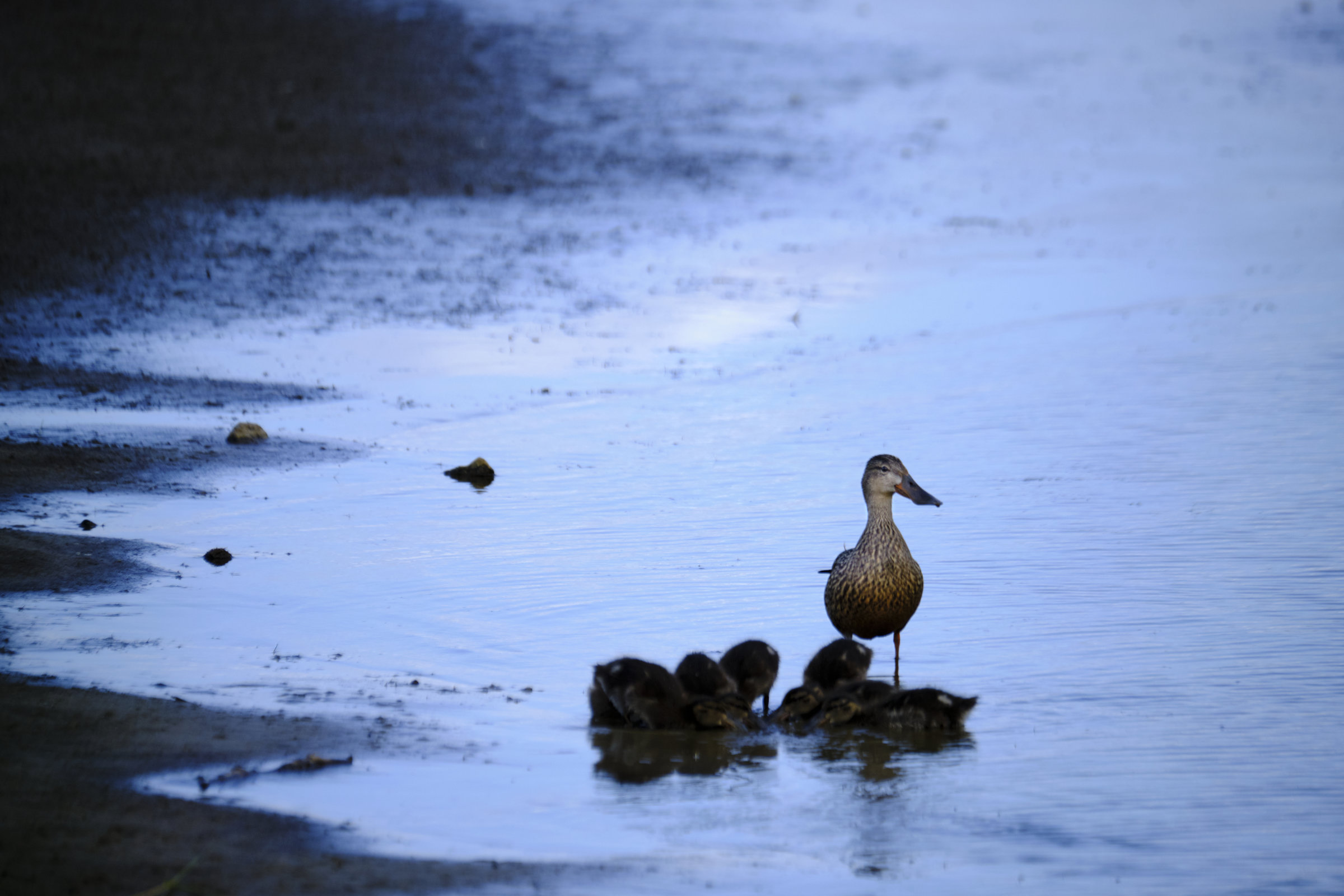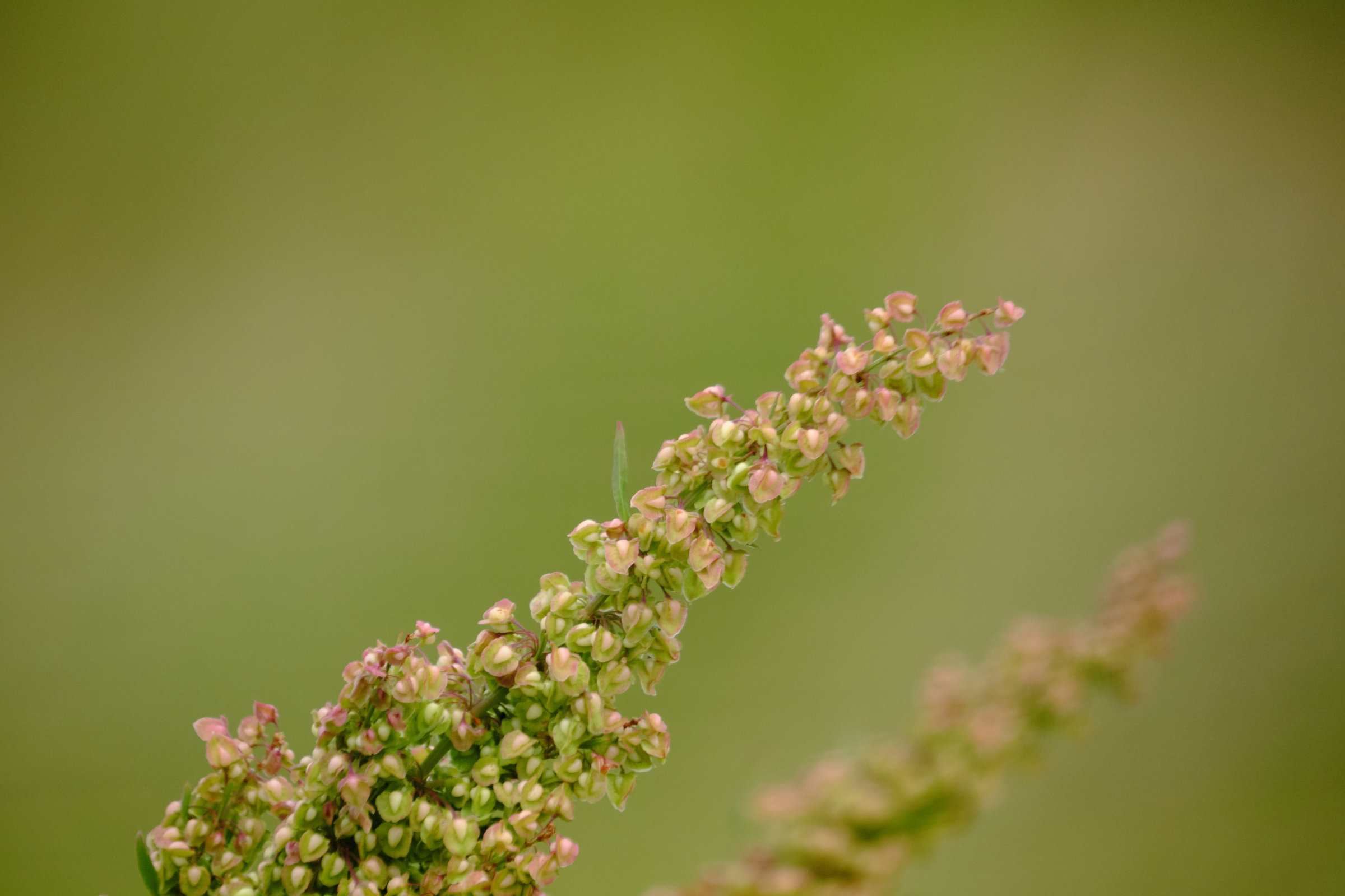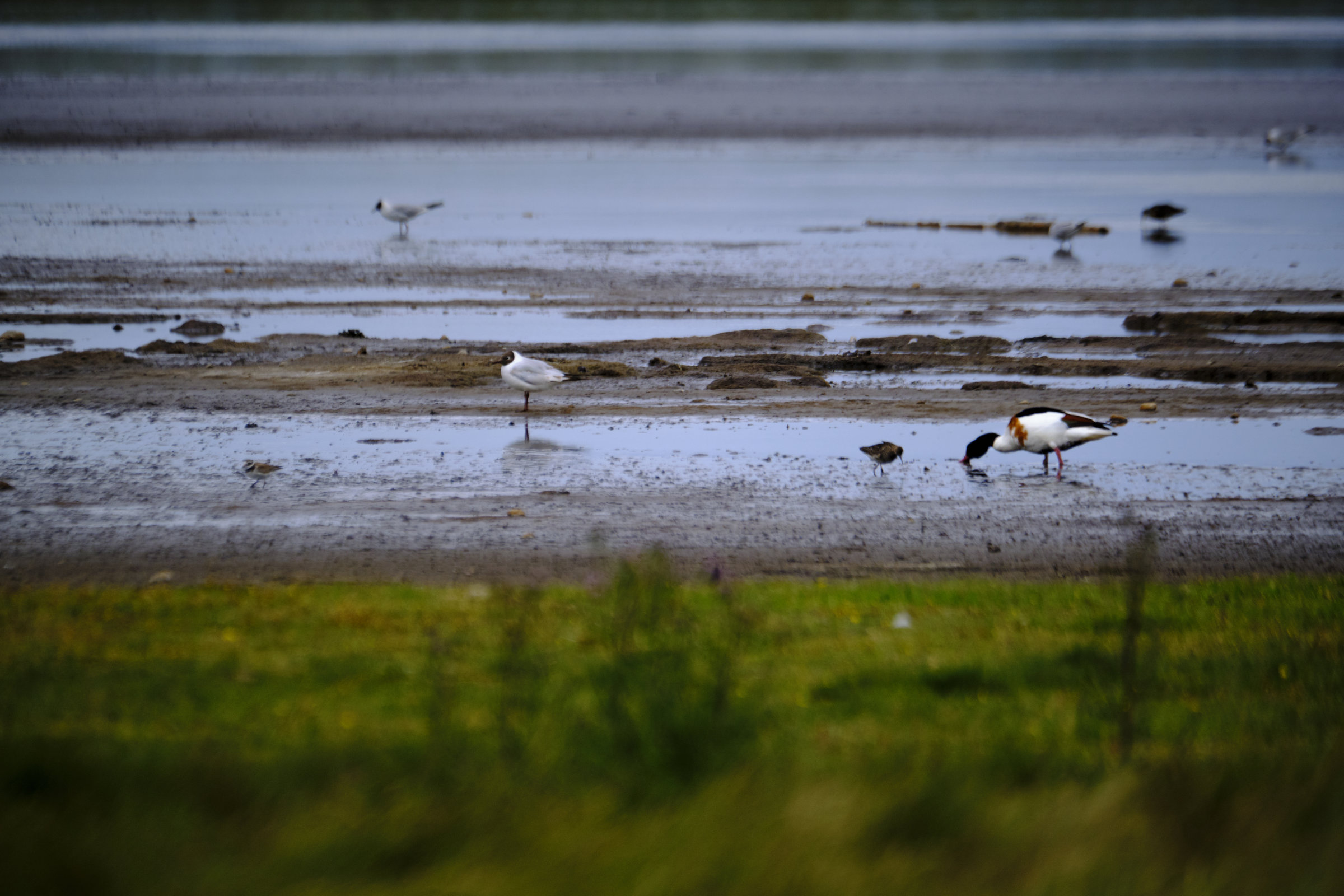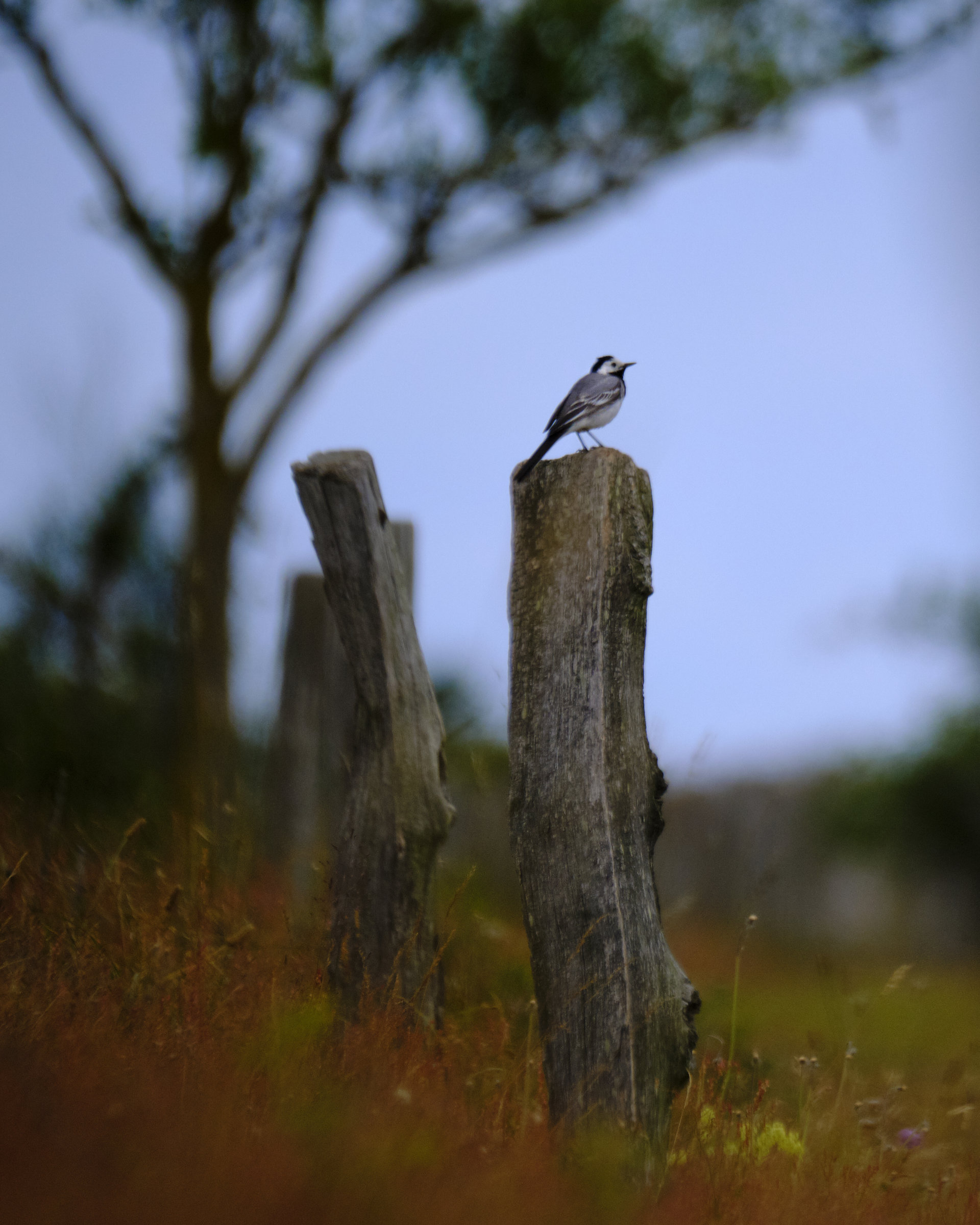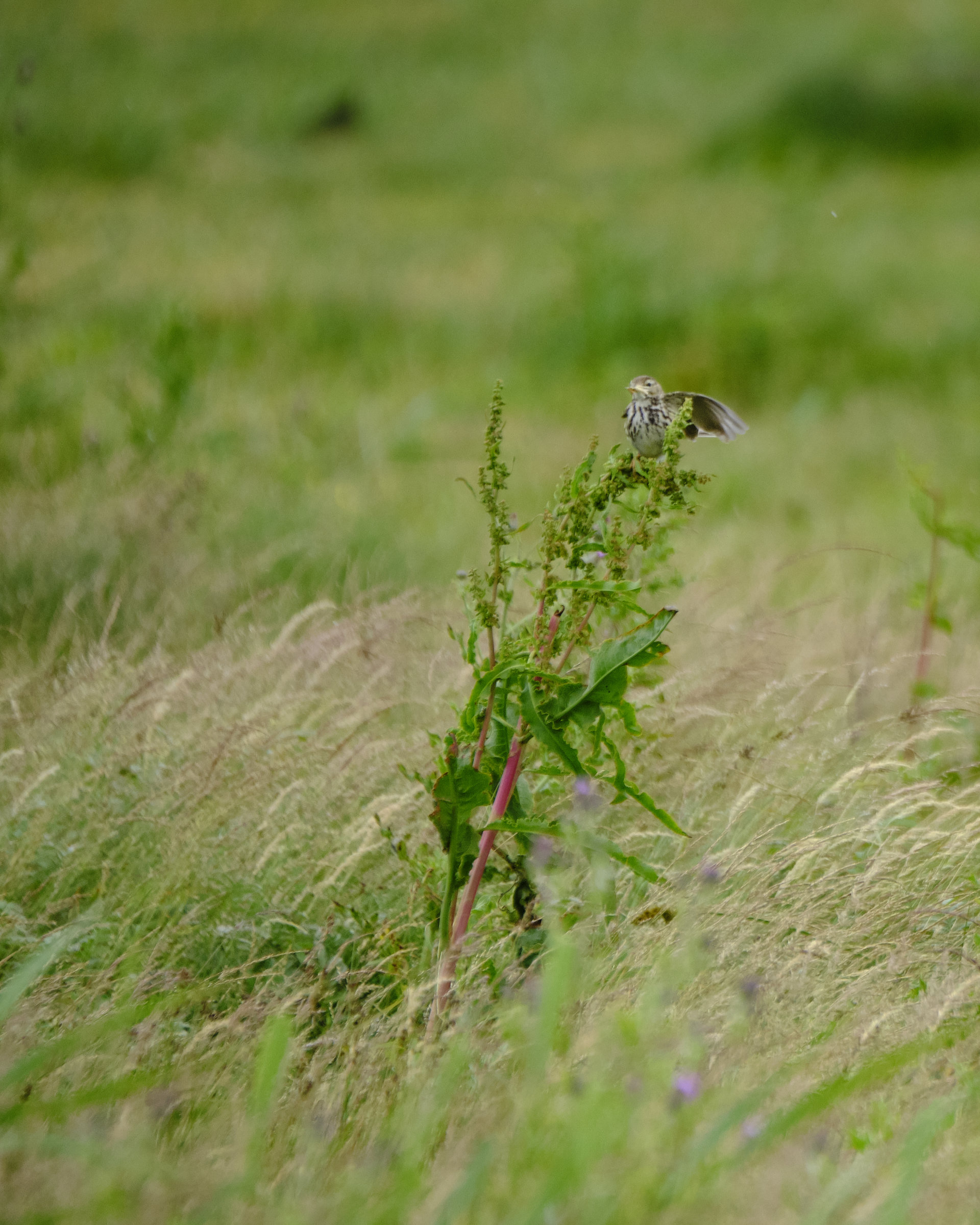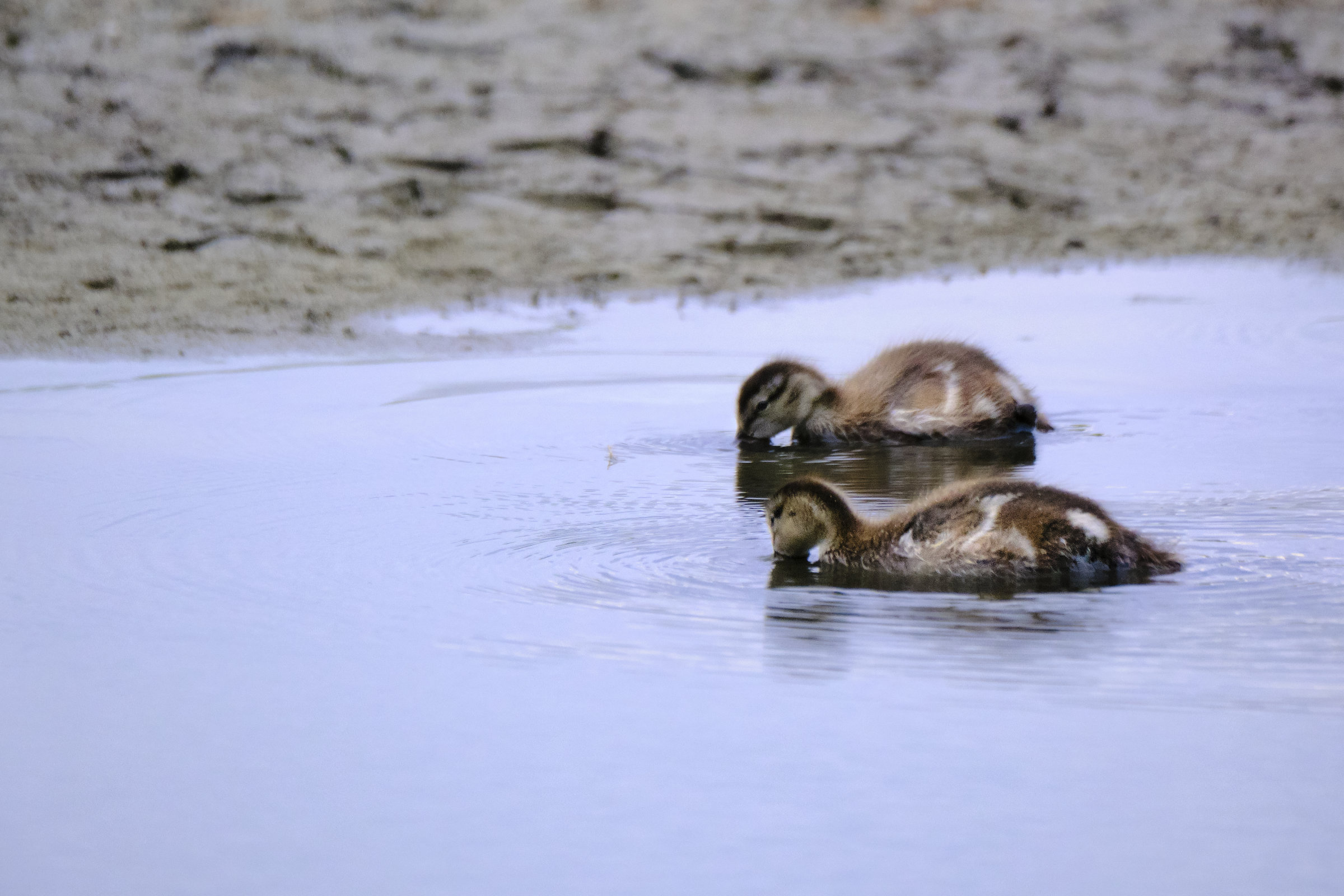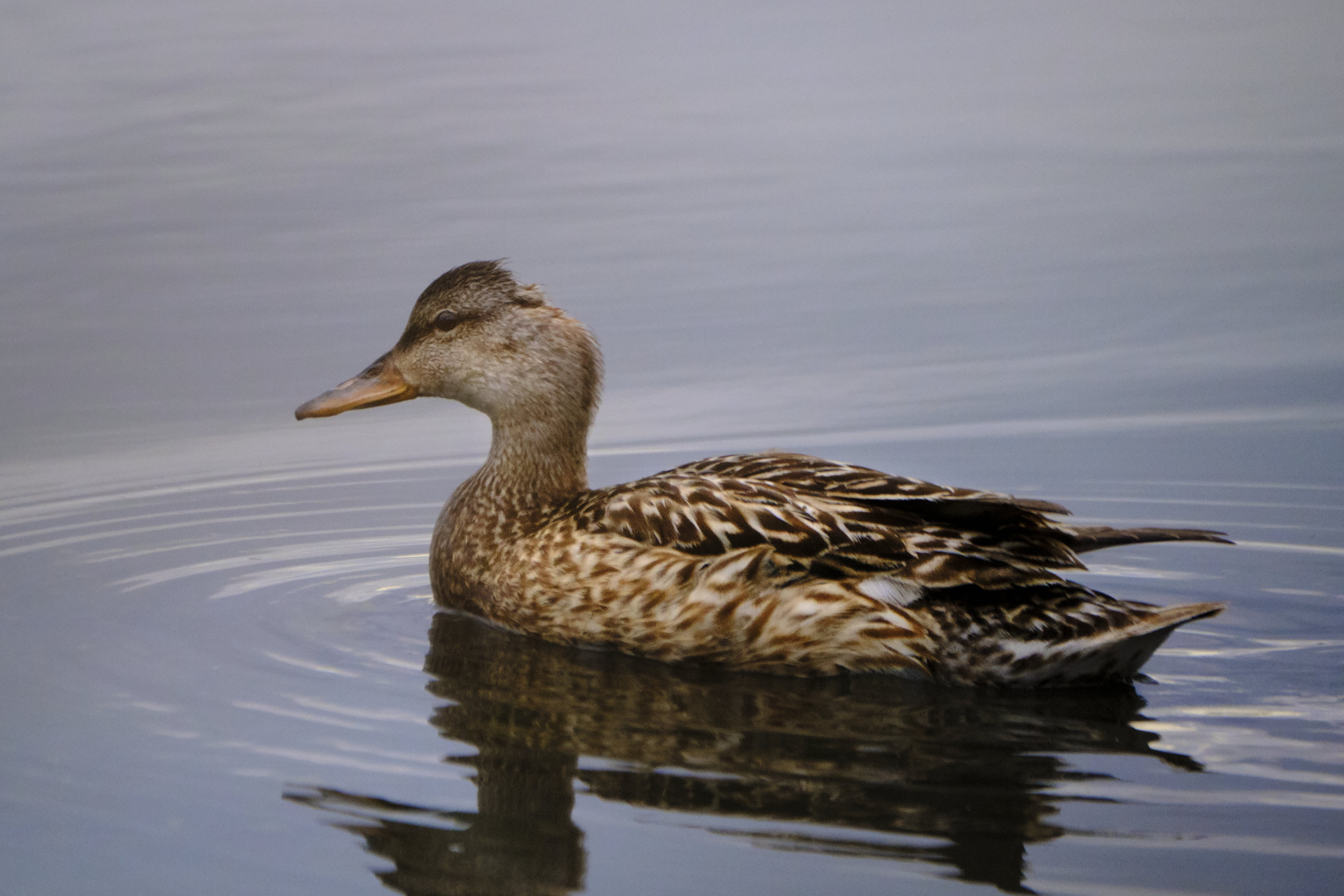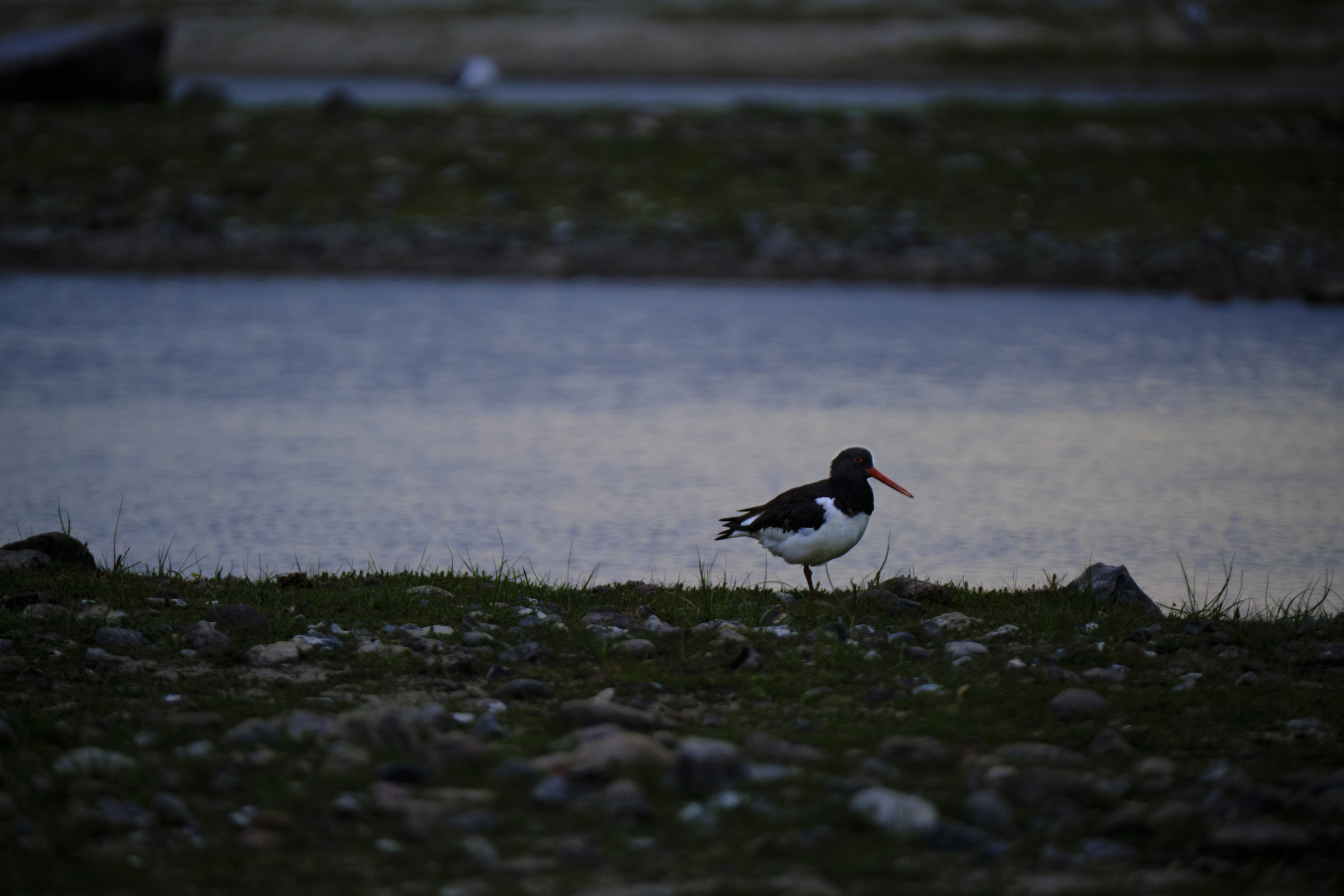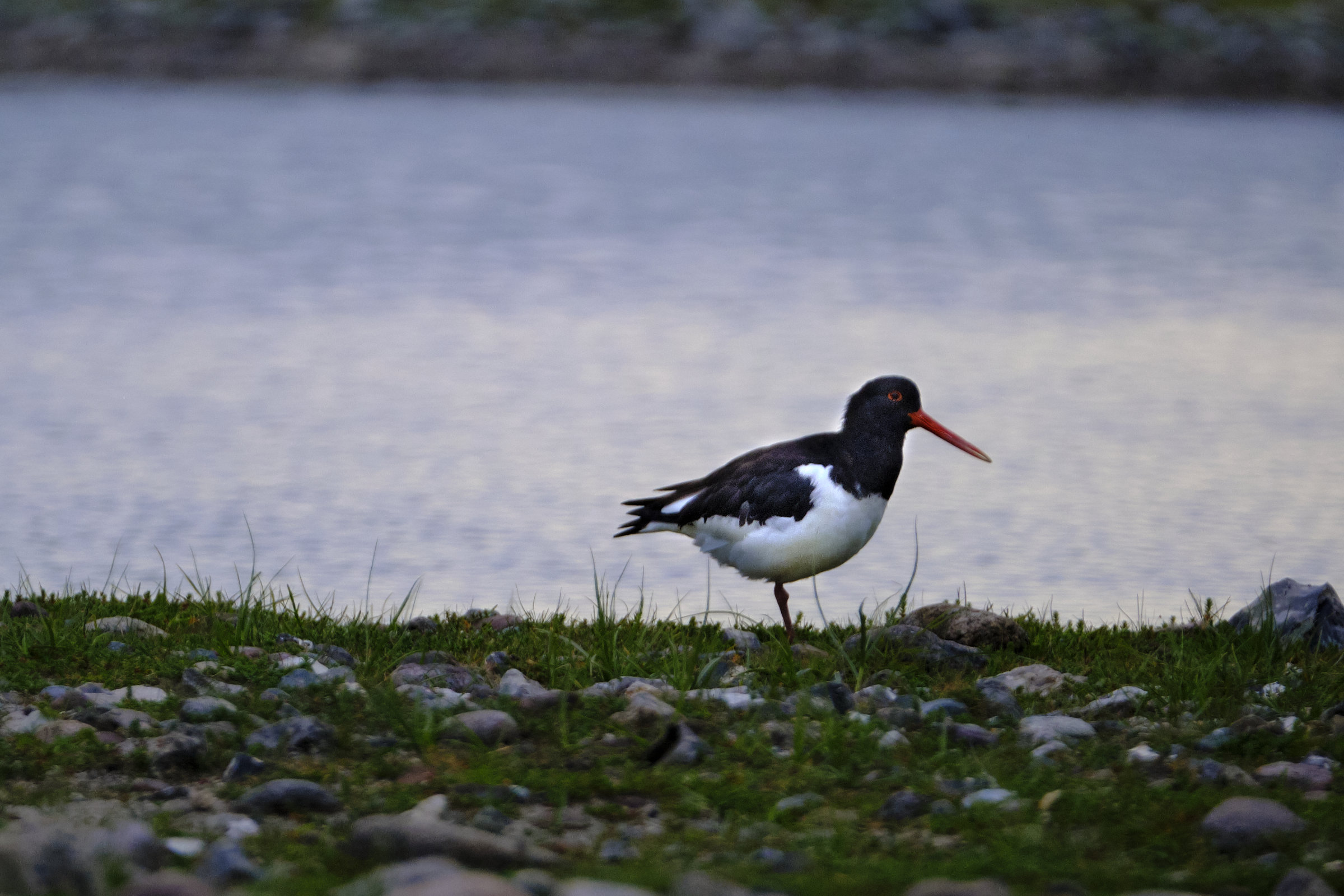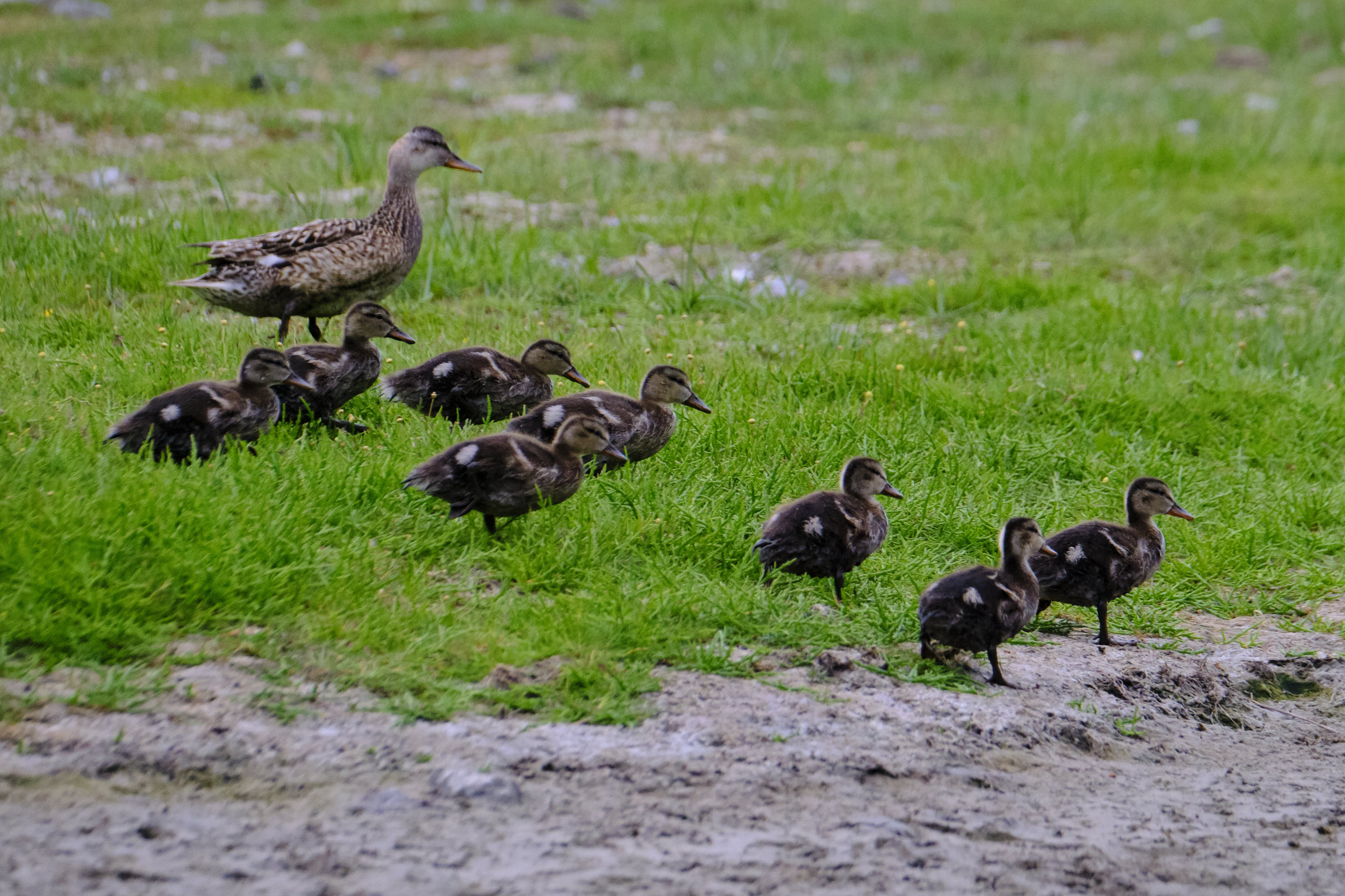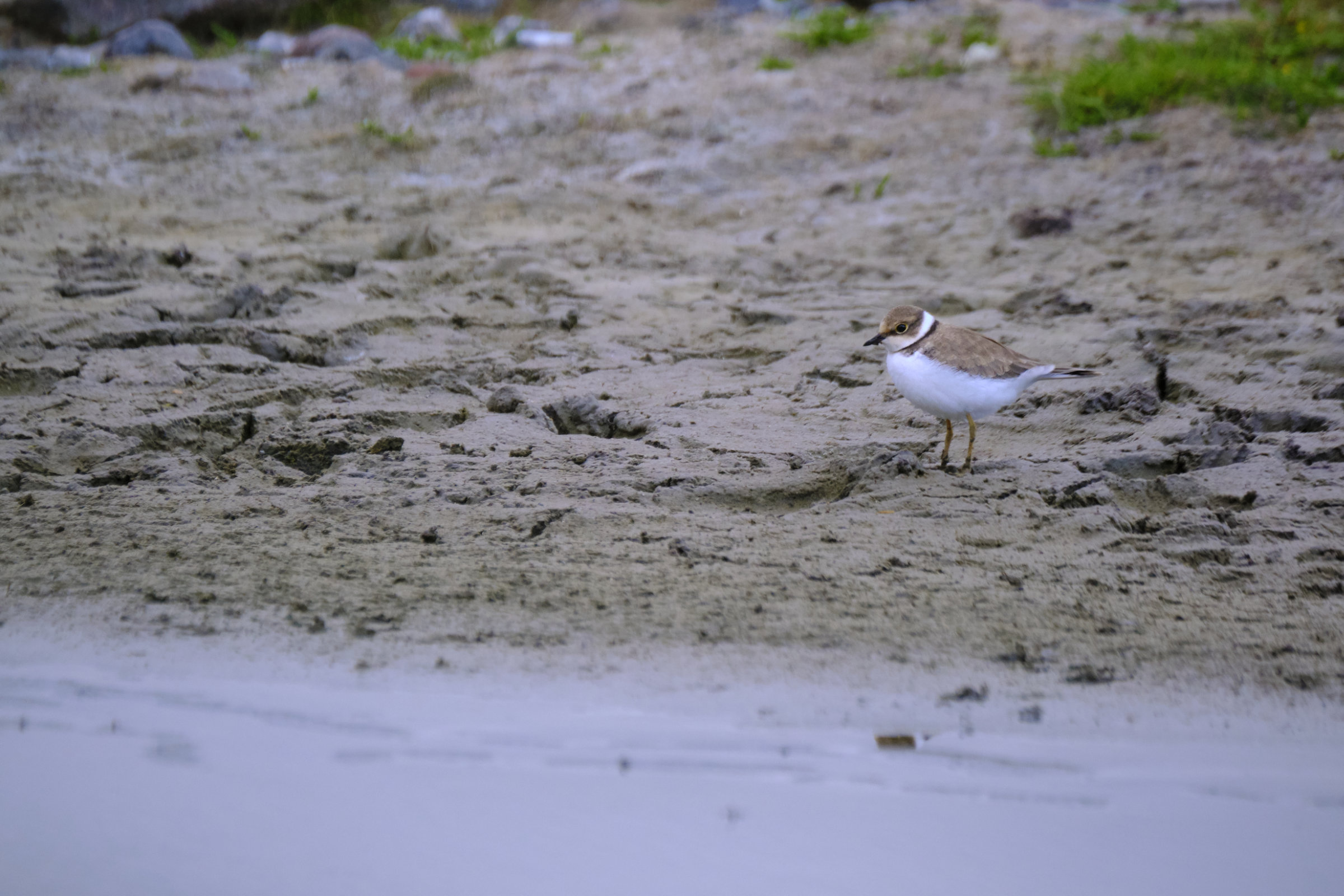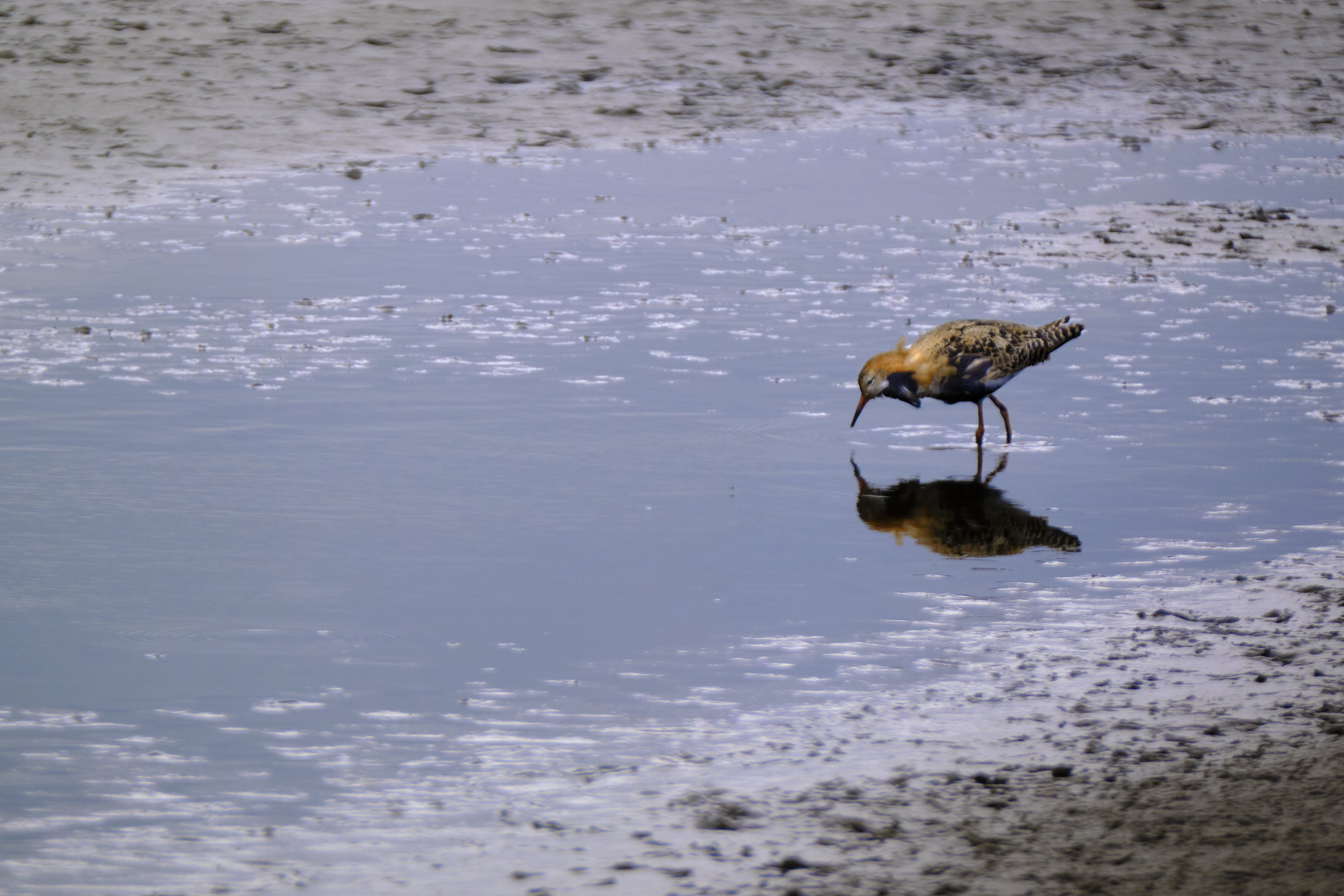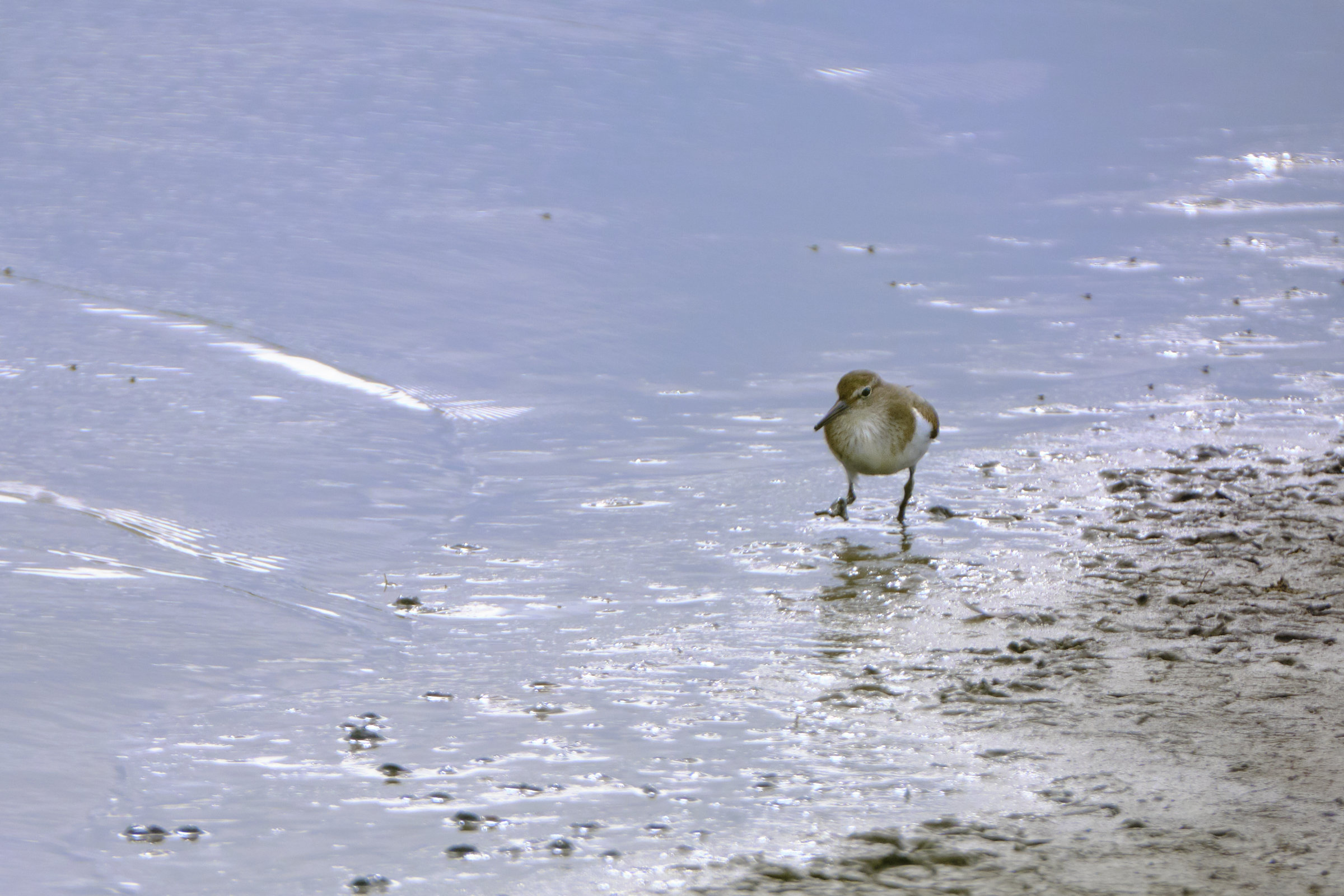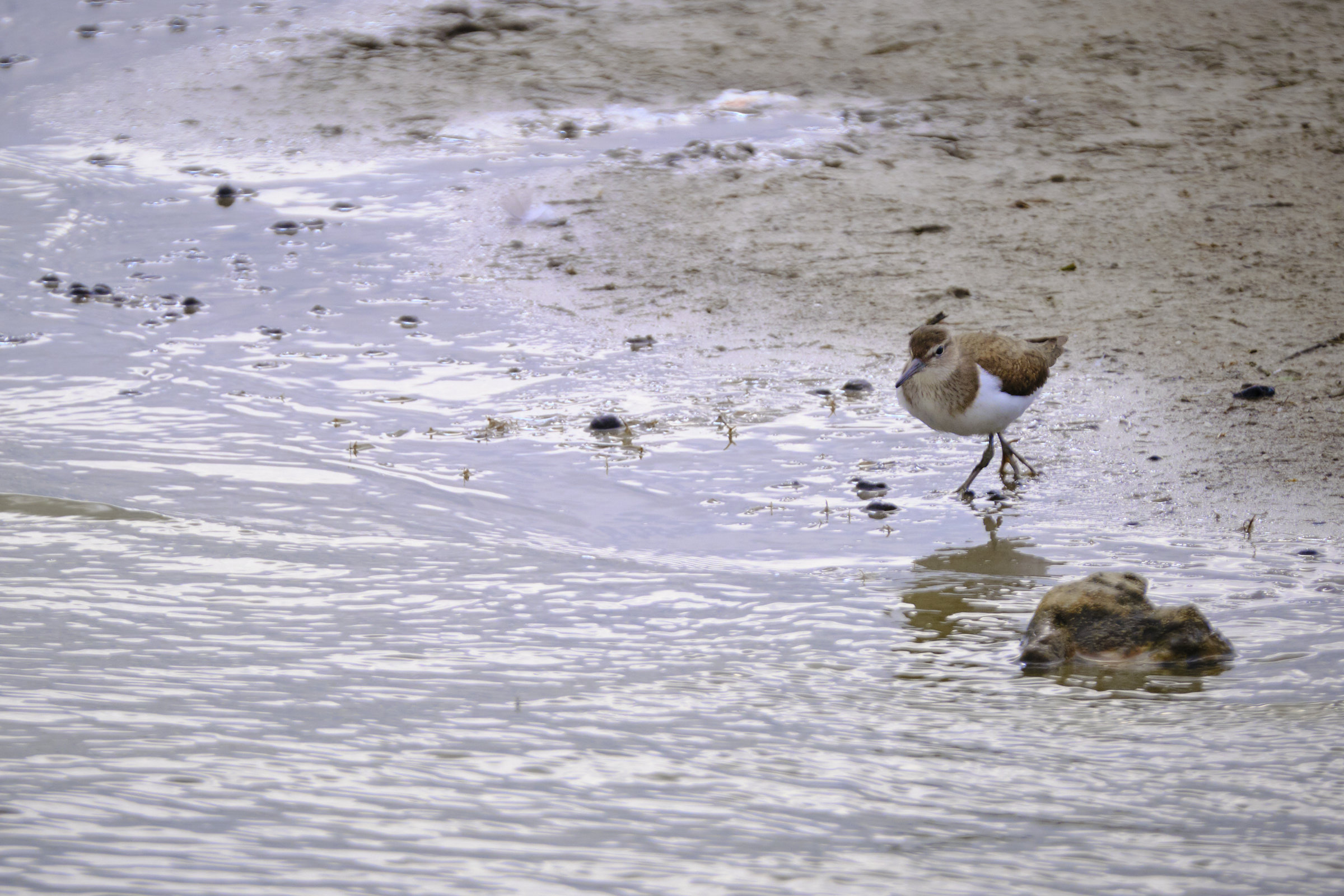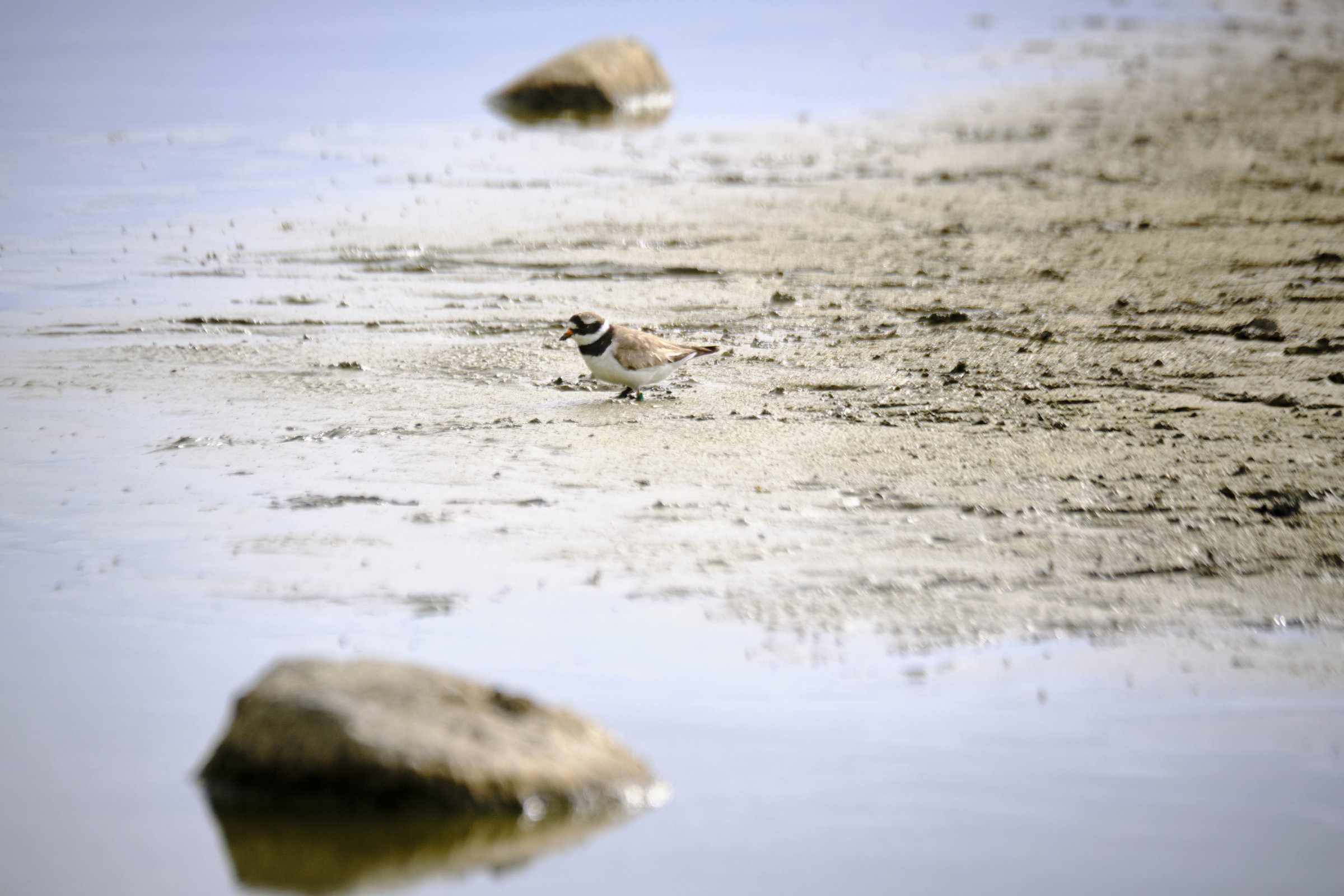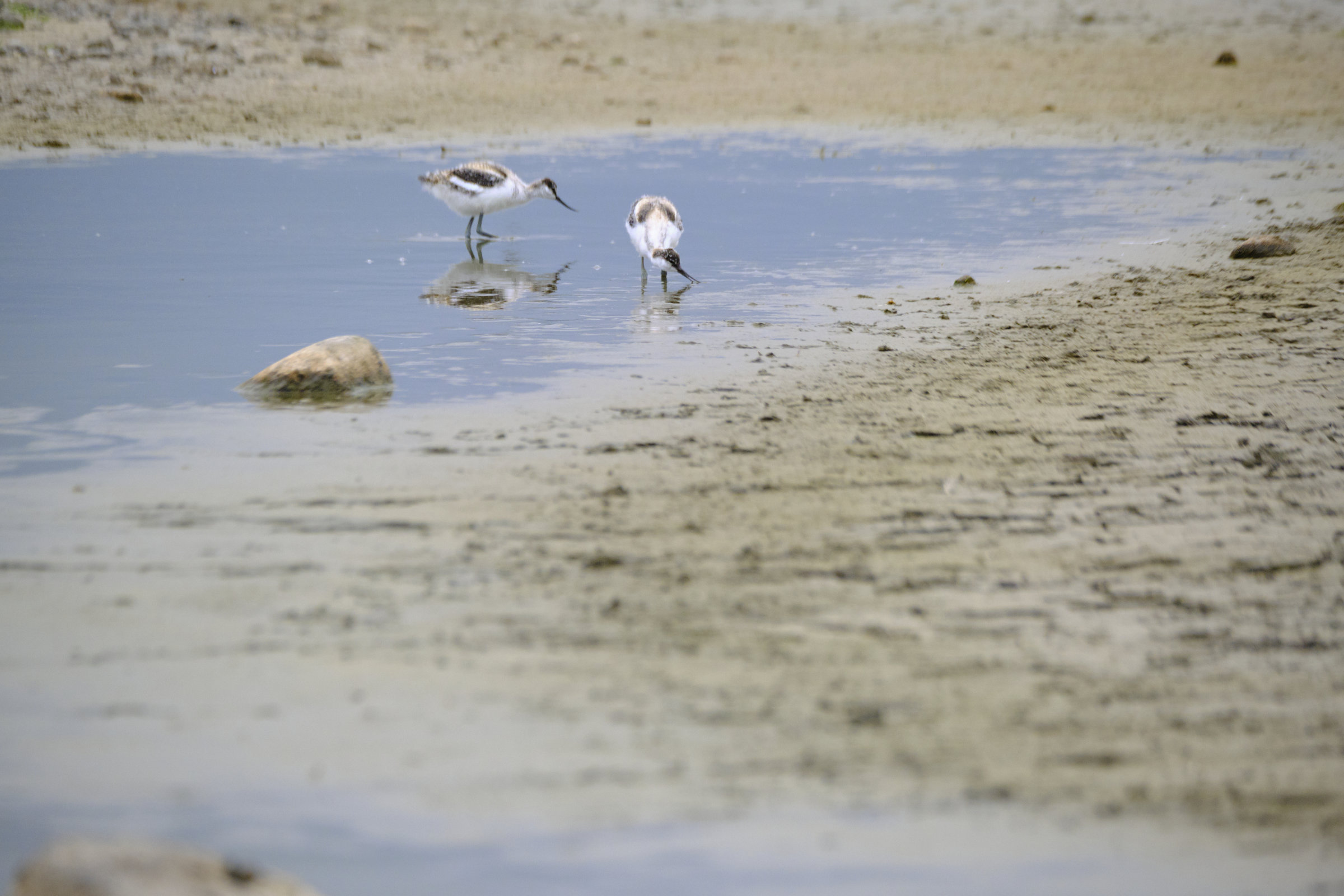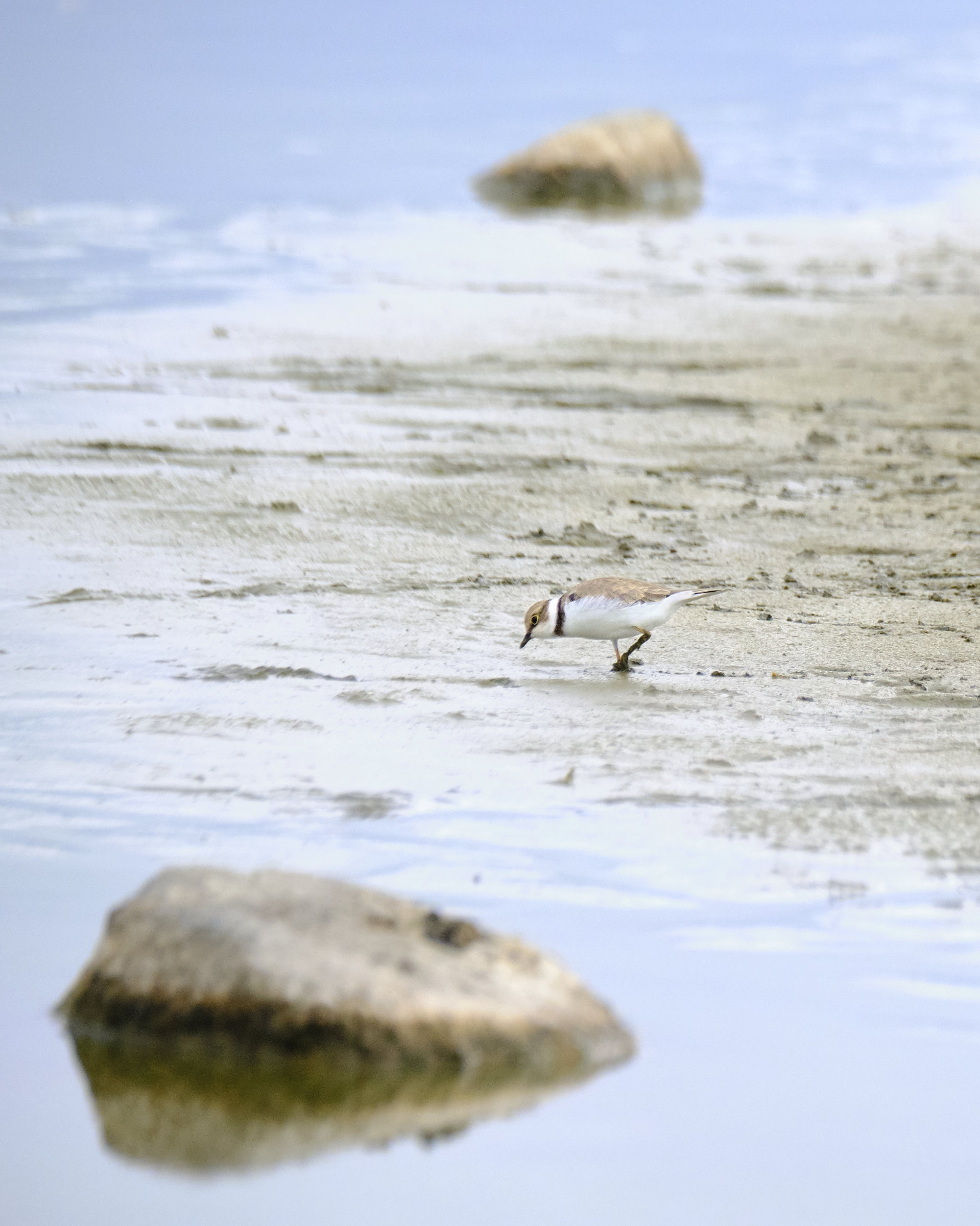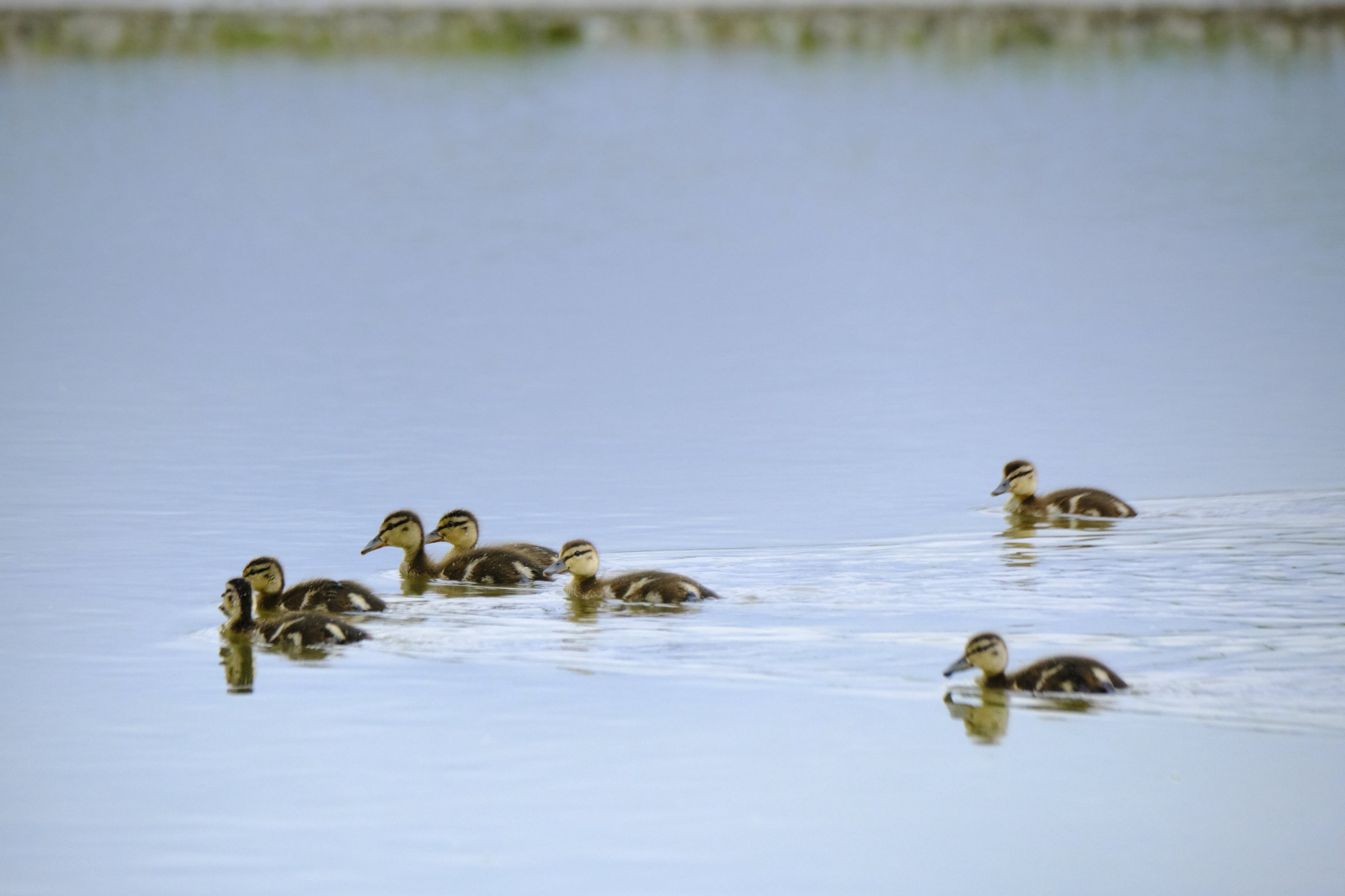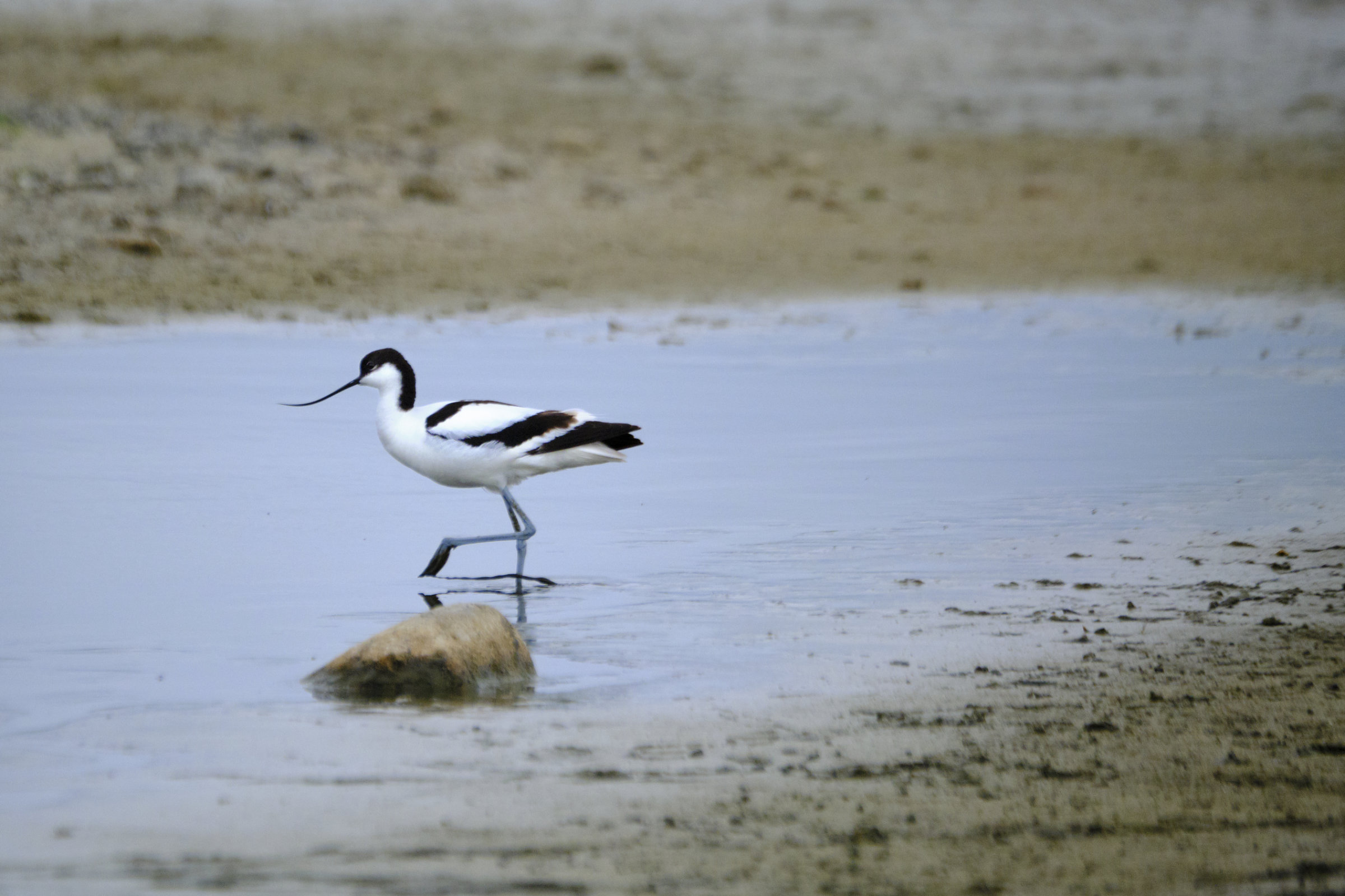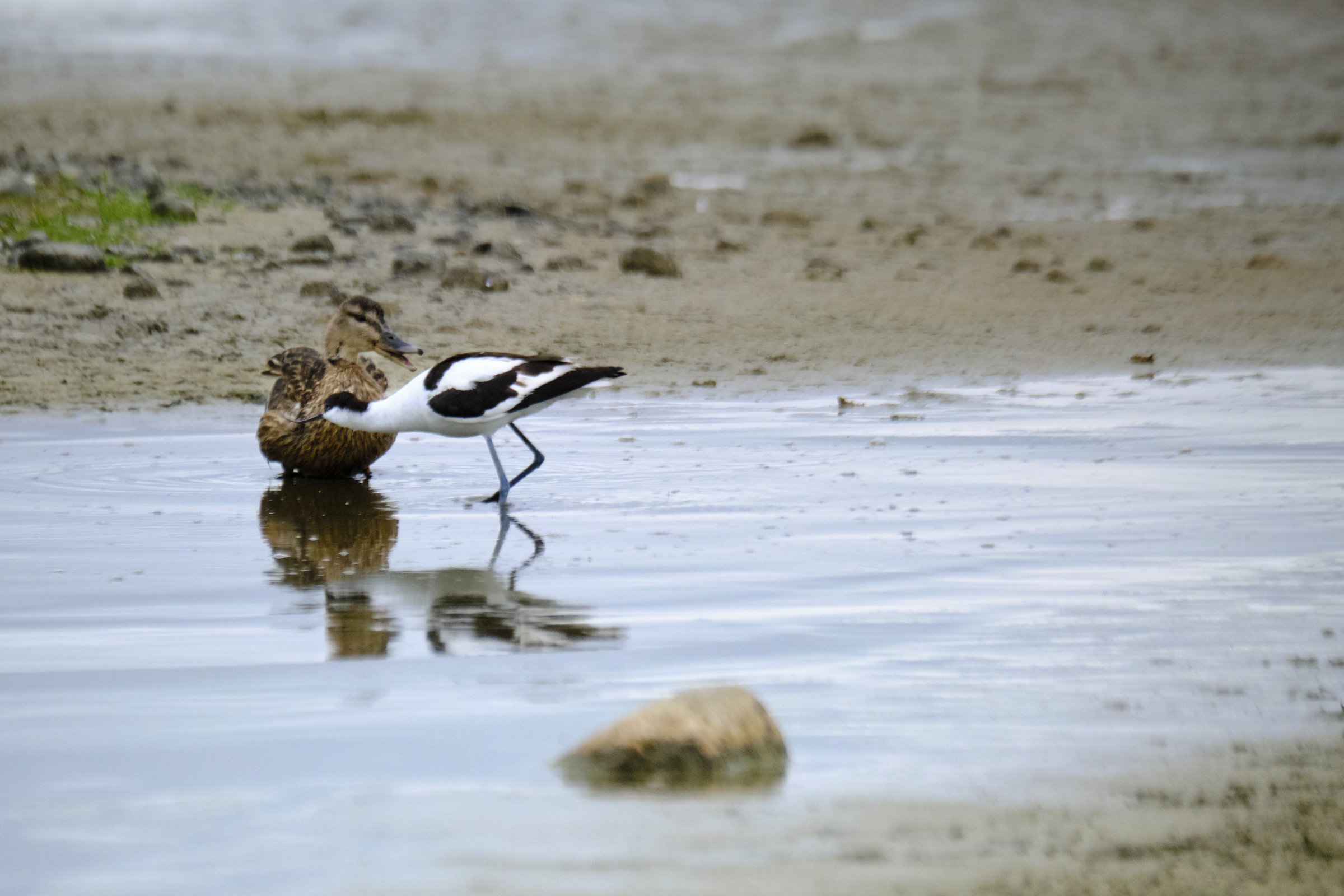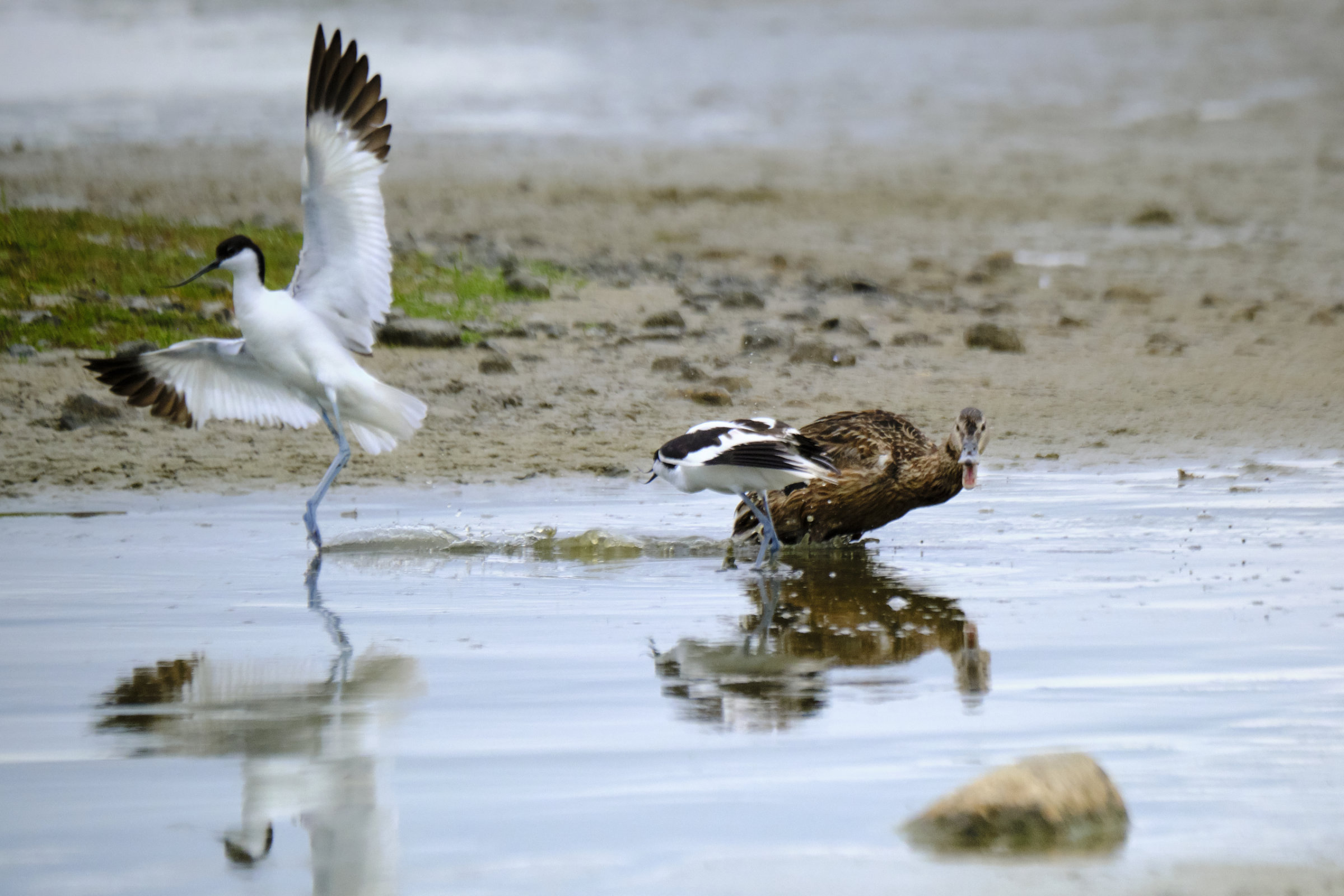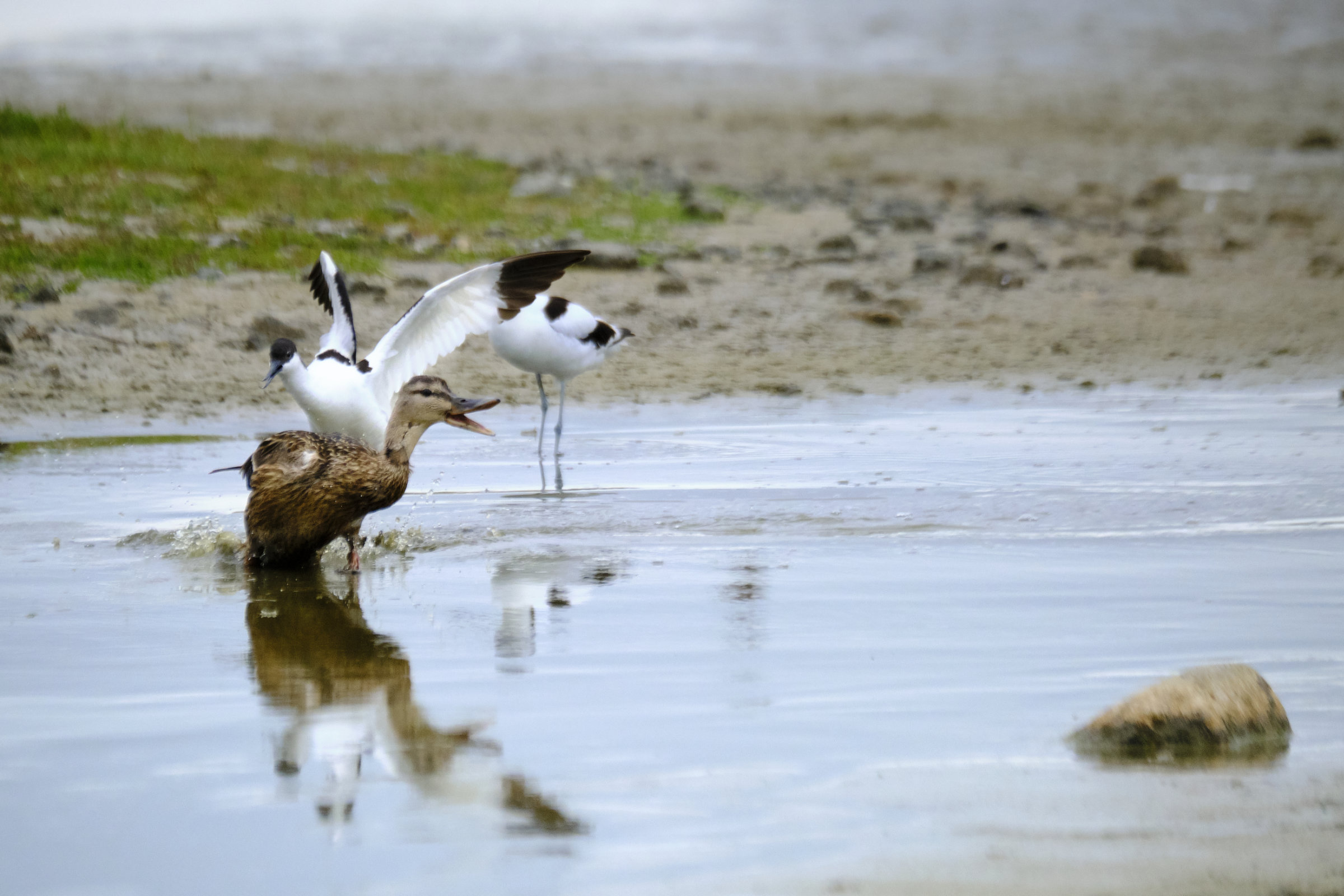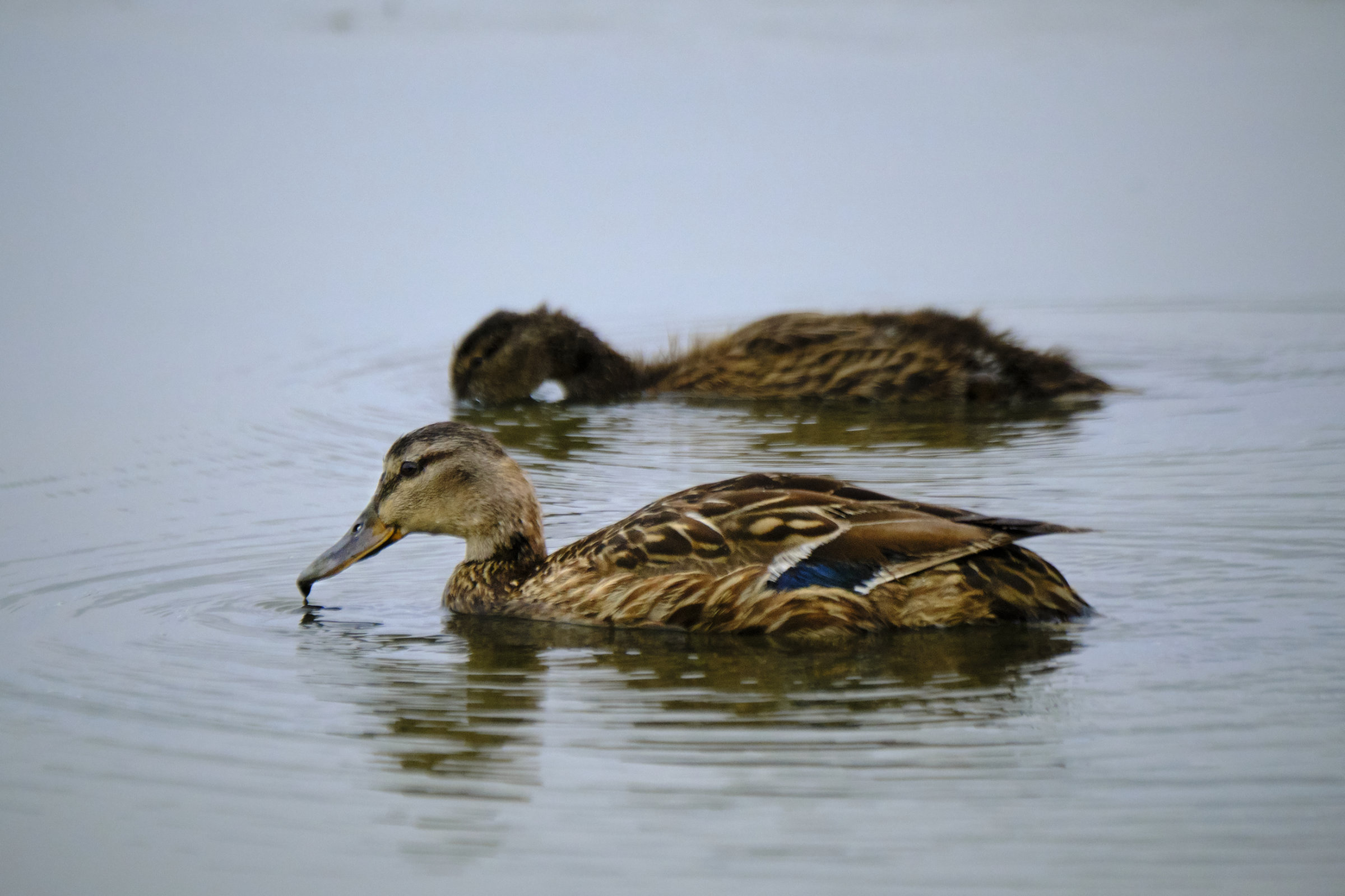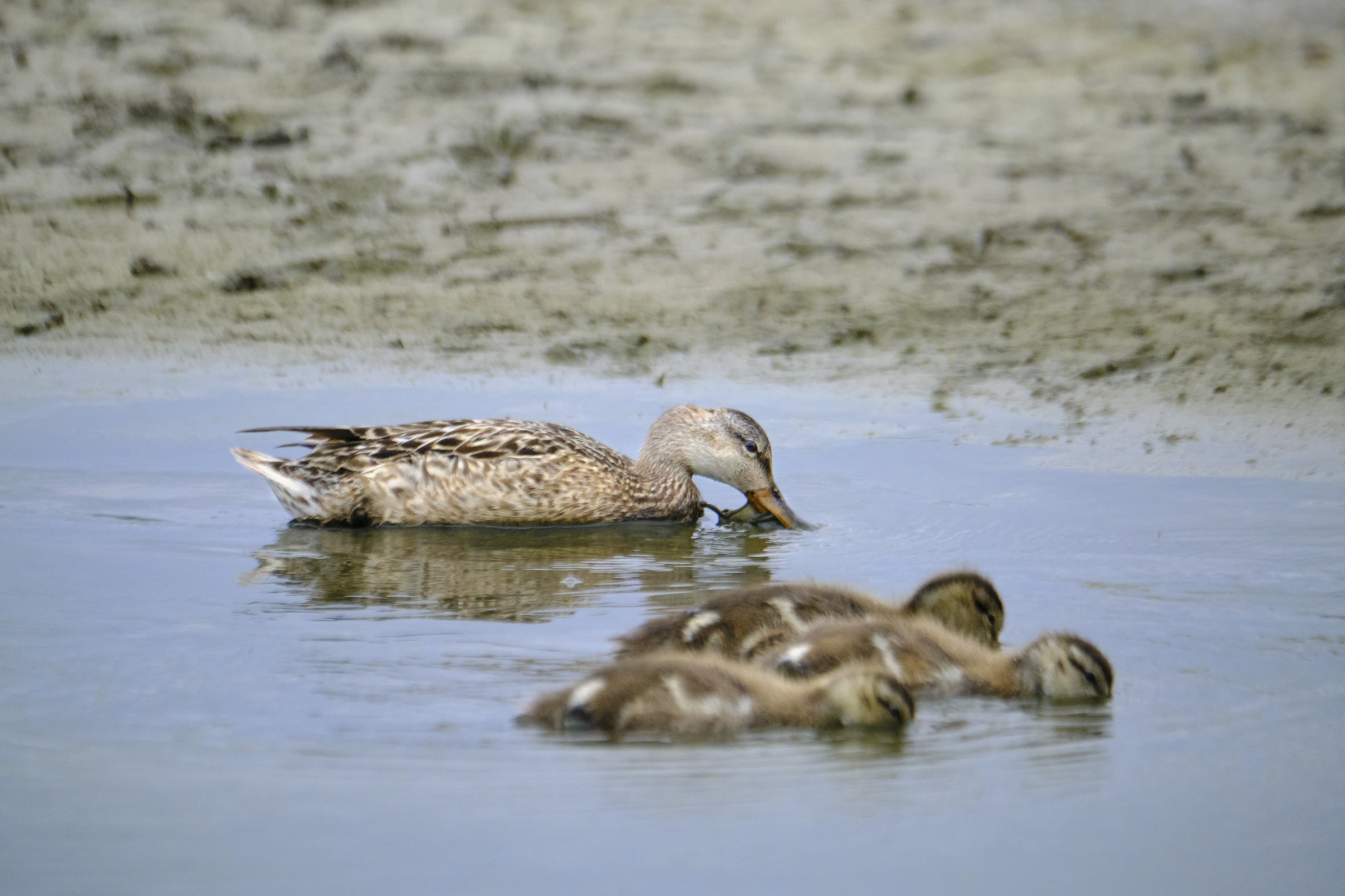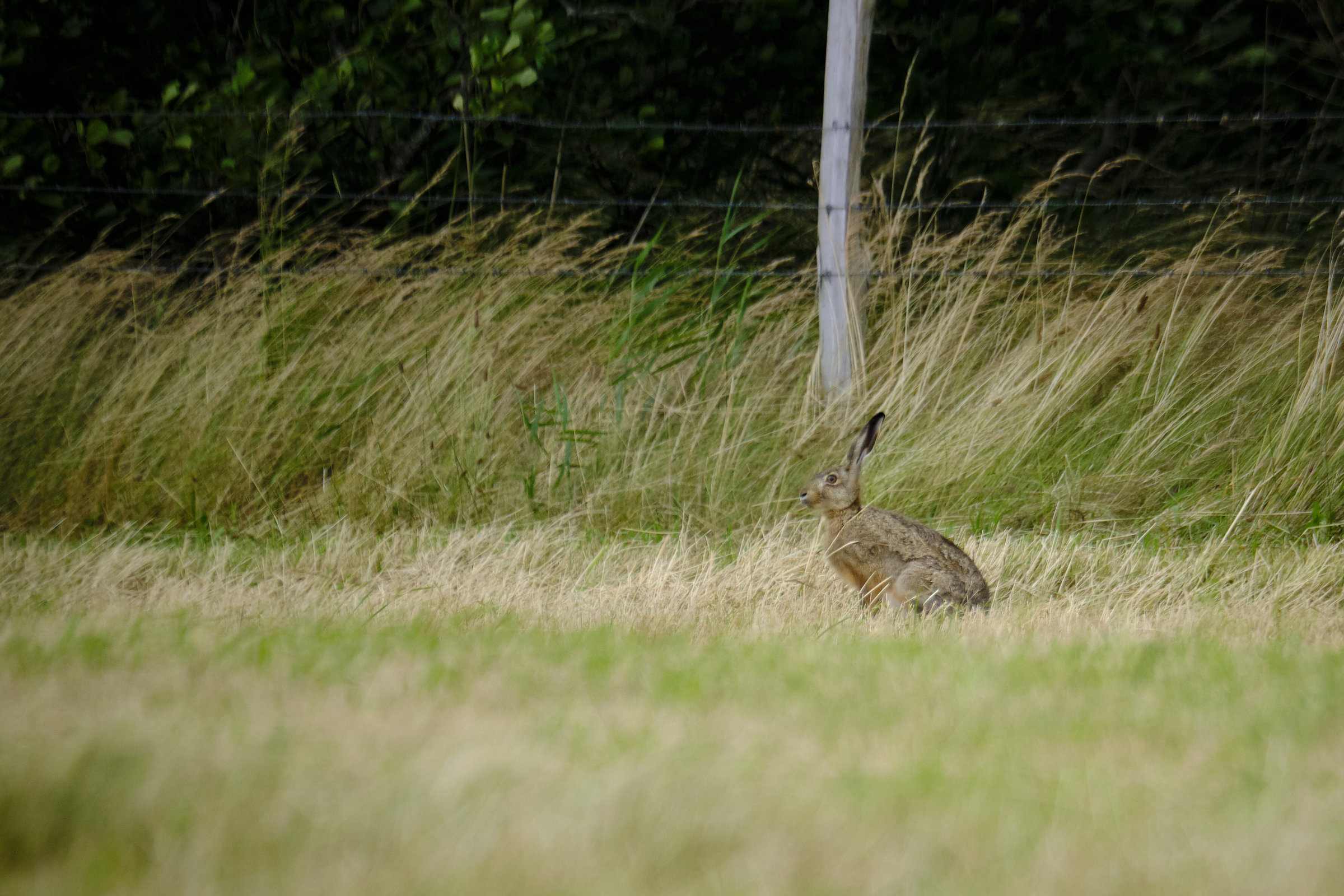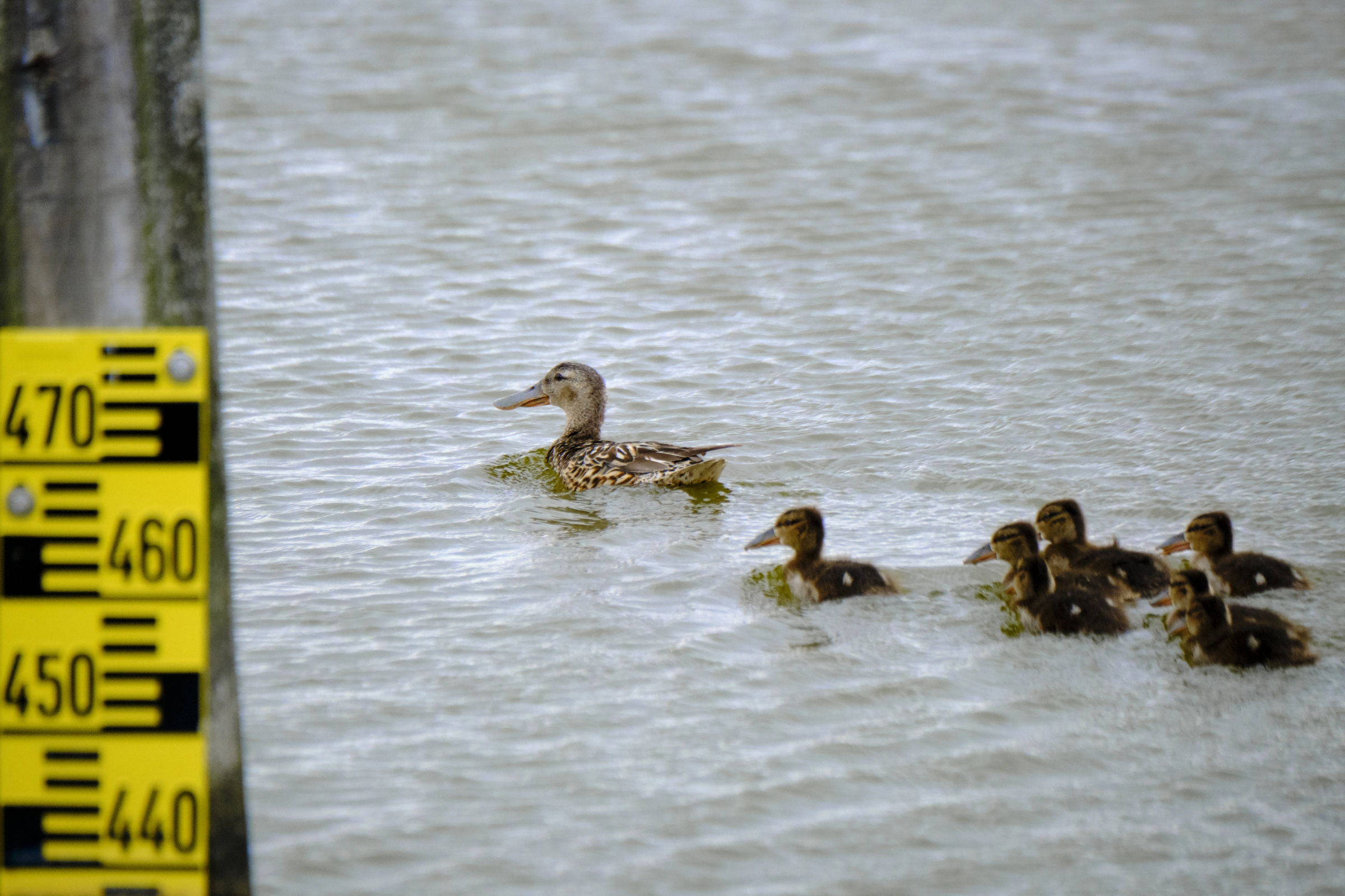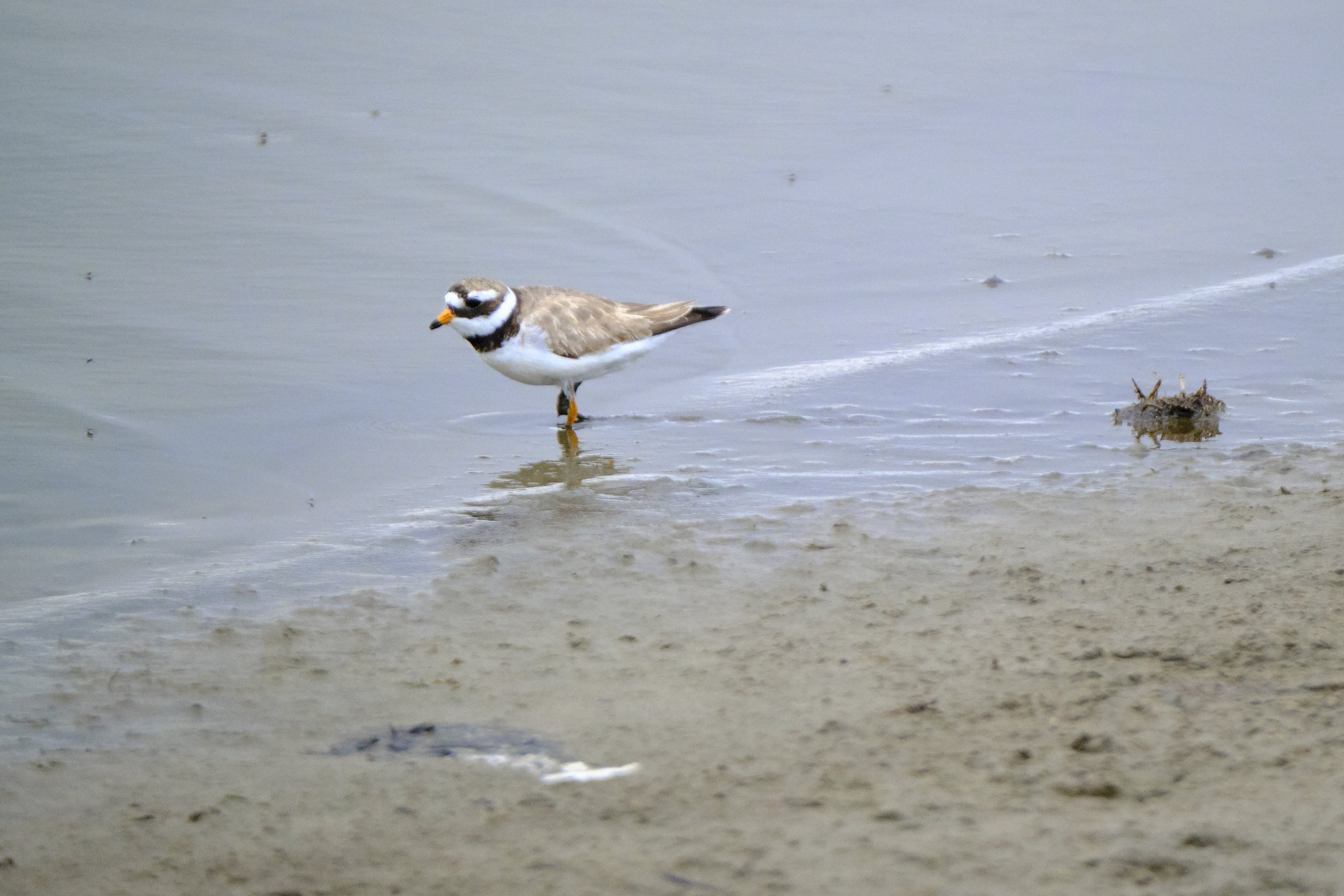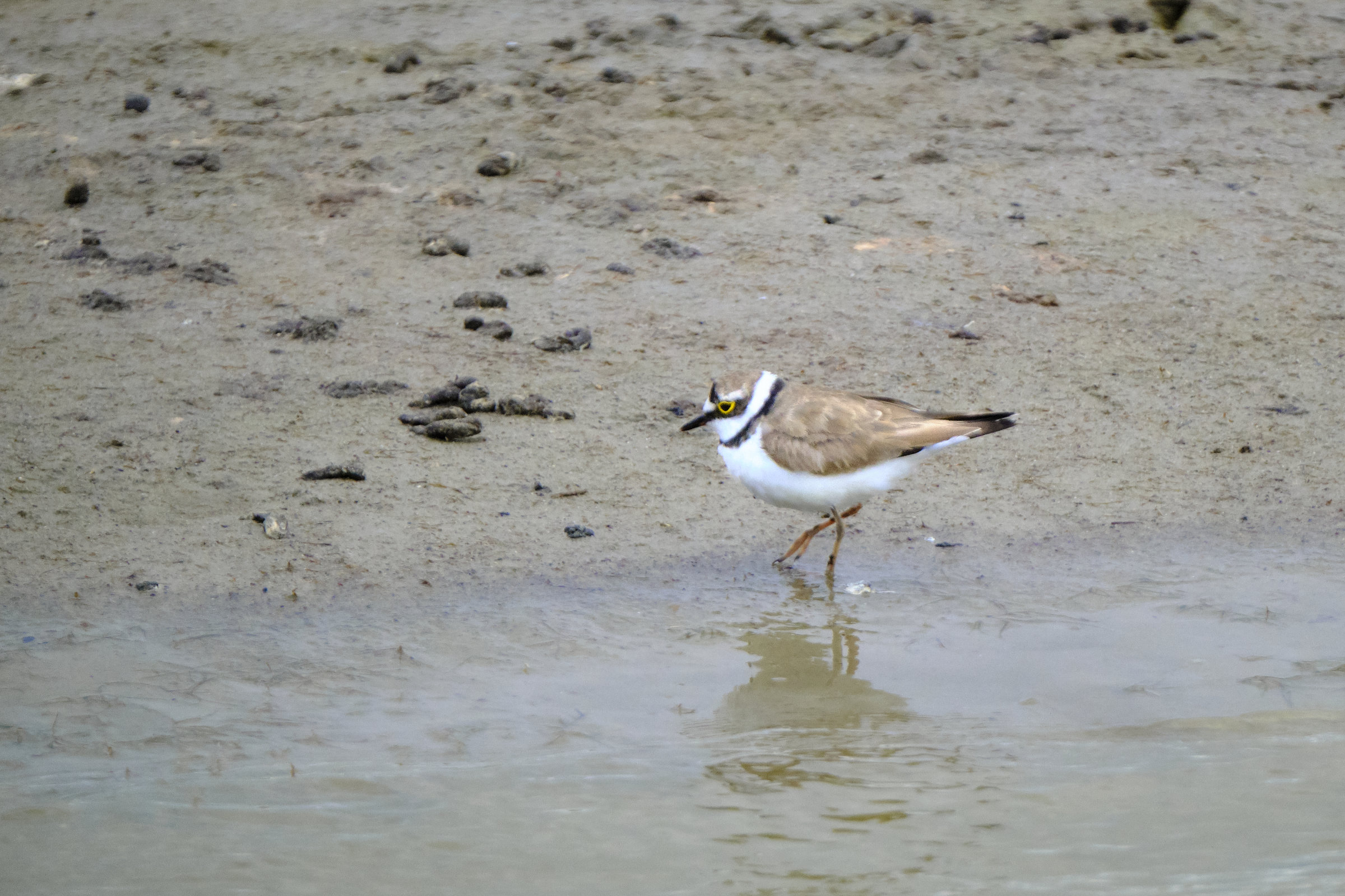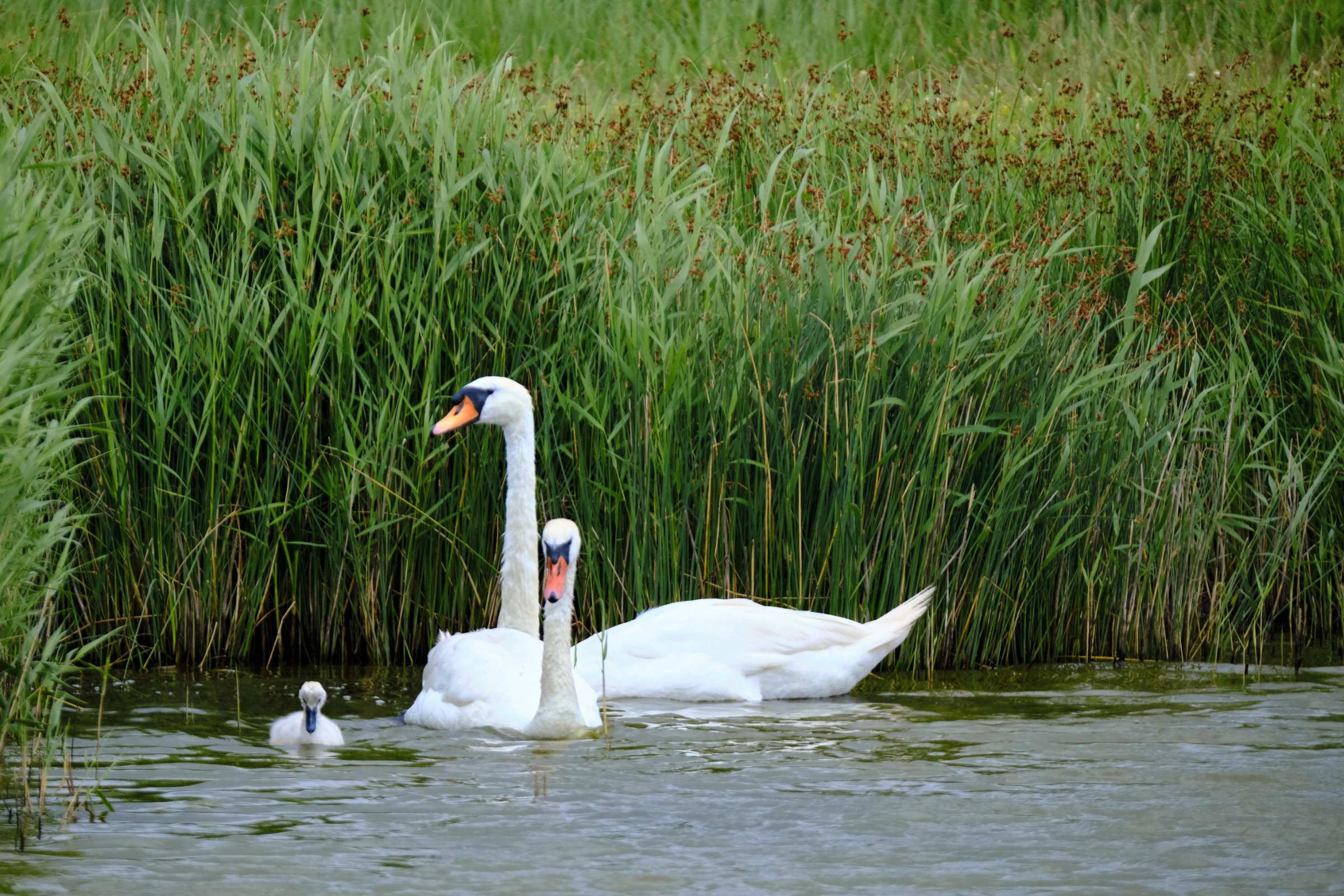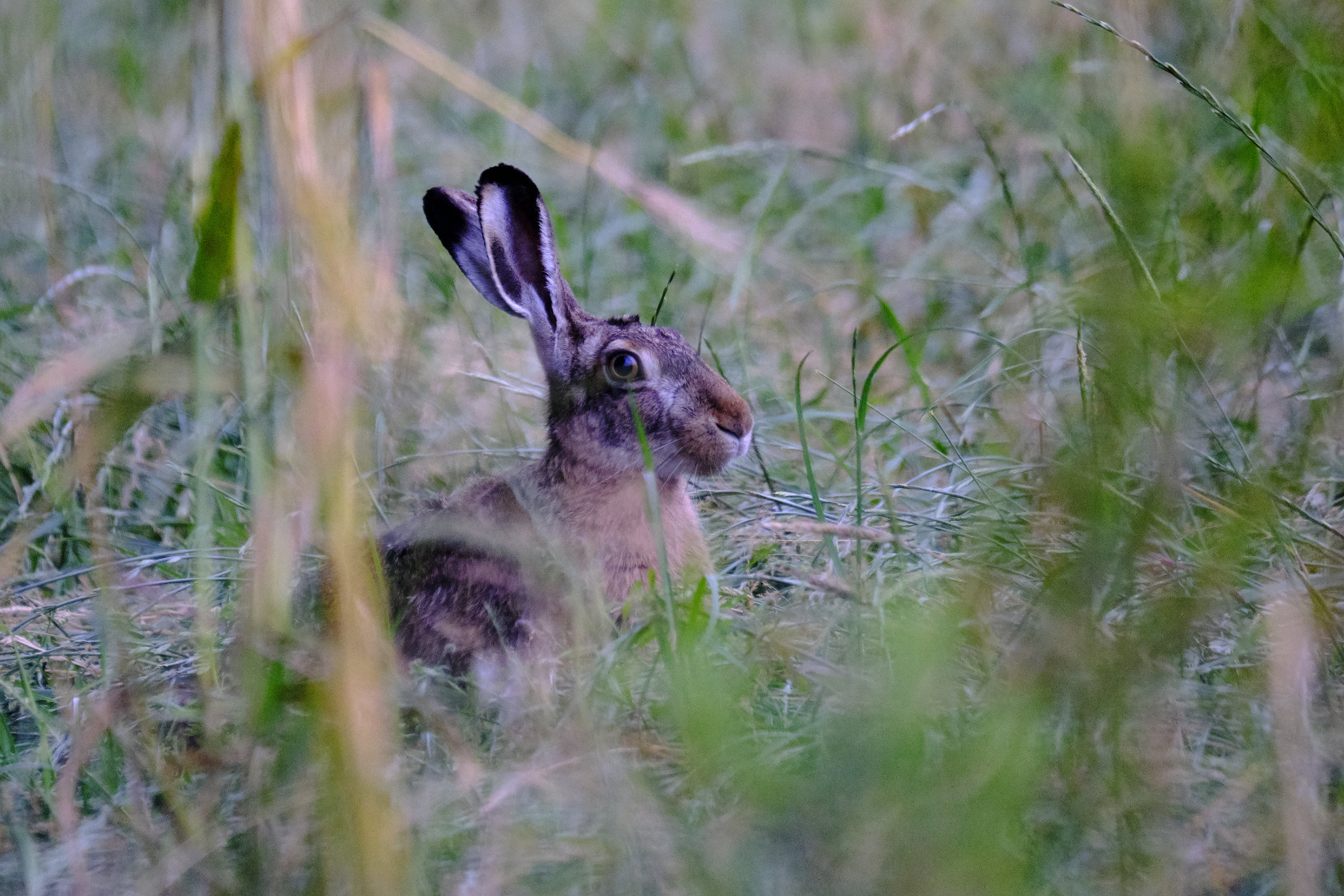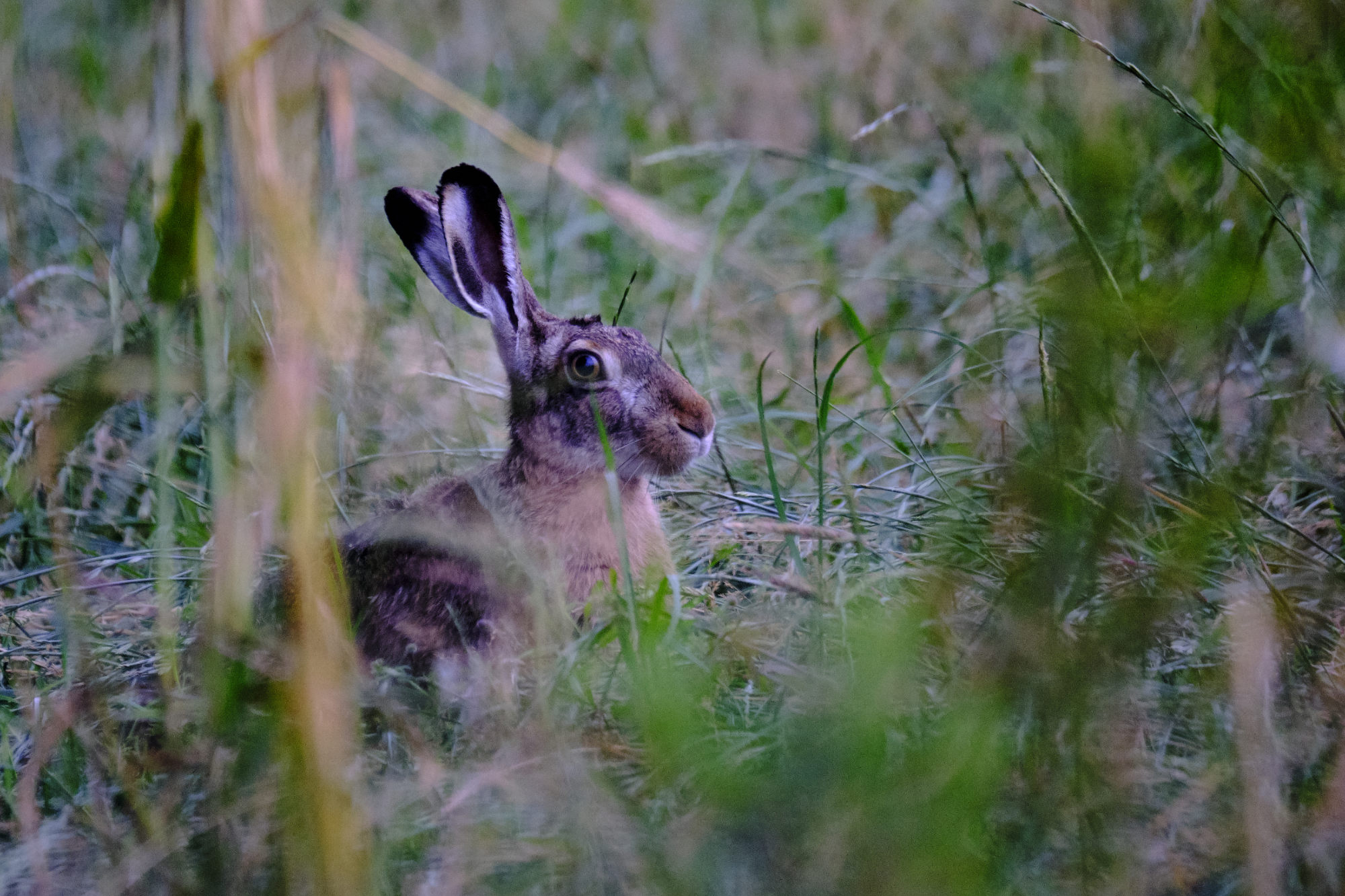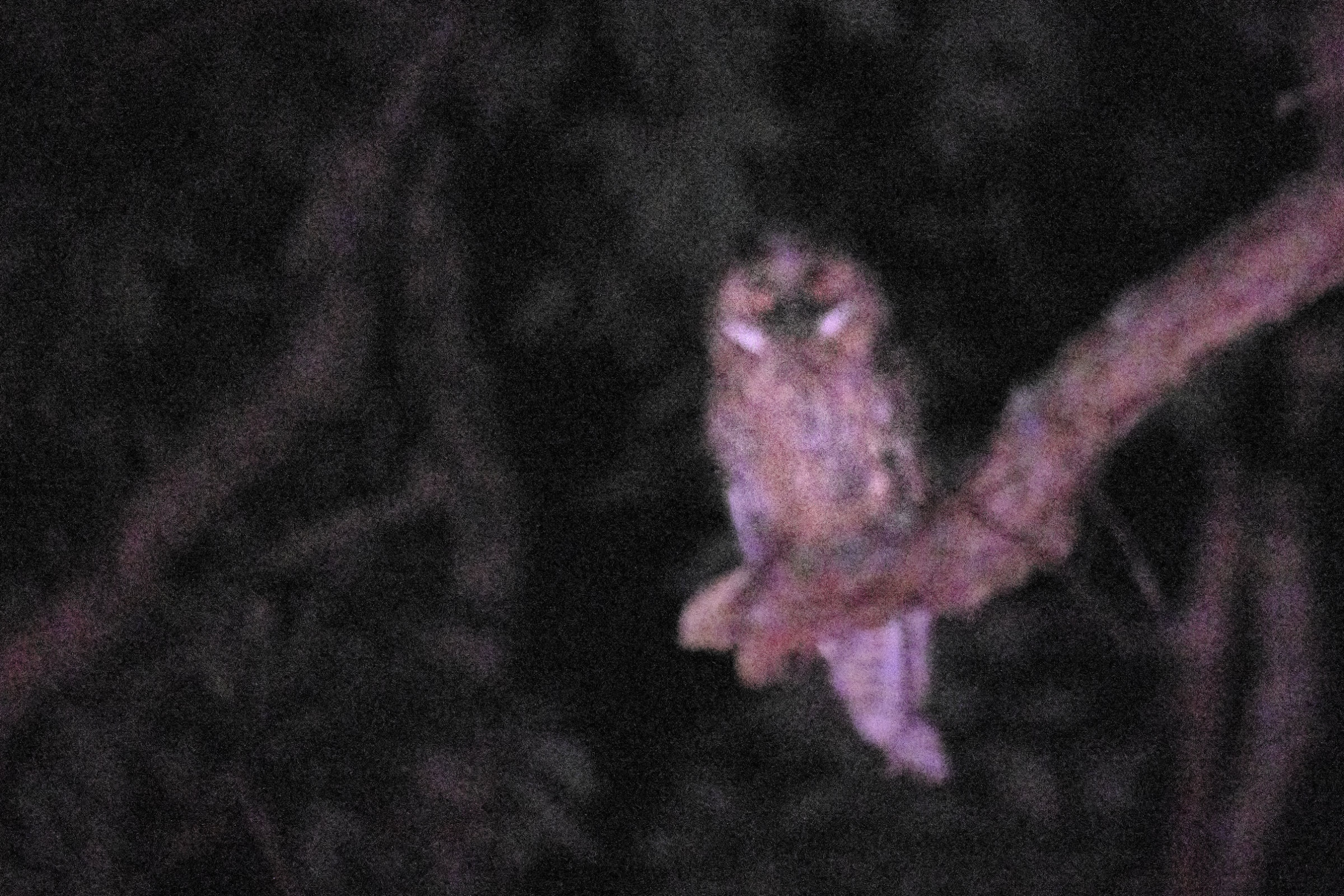Recently I spent some days at the “NABU Wasservogelreservat Wallnau”, a nature-reserve located on the west coast of German island Fehmarn within the Baltic Sea. This place has become very special to me in the last few years. It is a great example of a nature-reserve.
The visitor-centre of Wallnau. Image by Louis Bafrance, CC BY-SA 4.0.
The place has been a fish farming until 1976. Then in 1977 NABU (Nature and Biodiversity Conservation Union) acquired it. Since the island of Fehmarn is a bottleneck for migrating birds from Scandinavia on their way south, the wetlands of the old fish farming promised to be a bird paradise. Fehmarn is not called “Vogelinsel” (bird island) for nothing in Germany and in very close distance to Wallnau, you’ll find the beautiful reserves of “Krummsteert” and “Grüner Brink”.
The rest is history. Wallnau has indeed become a paradise not only for migrating birds, but for breeding birds as well. The whole place is devoted to the conservation of nature and true to NABU’s motto “you only protect what you know”, there is a visitor centre with an excellent exhibition that teaches all about the island, the place and the migration of birds. Next to visitor-centre and exhibition sits a nature trail, which provides more insight into the functioning of Wallnau and is really fun to follow. The trail leads to a tall look-out with a commanding view over the marshes, the wetlands, shore, beach and sea.
Entering the reserve itself is strongly prohibited, but four hides make for wonderful observation- and photo-opportunities. This is where I spent most of my time. You can see the birds beautifully, but they can’t see you and if you are silent enough, can’t hear you either. Since it is wetland, waders and gulls are the dominating groups.
A Pied avocet succesfully mobbing a Gadwall.
During my visit, Pied avocet have been especially numerous. Many of them had chicks and that did not benefit their character. The avocets did not allow any other birds around. Especially in the later hours before nightfall, they were bullying each and every one from the tiniest wagtail chick to the largest greylag goose. Only some occasional shelduck offered resistance.
A very little White wagtail.
The star of my first day was an adventurous little wagtail, who paraded the gravel path directly in front of the main building. It drew so many eyes that its mother had a hard time feeding it. Every evening, three branchlings of a Long-eared owl gave its ear-piercing begging calls. On my third day, I saw an Eurasian bittern flying by. The first of my live.
The list goes on and on. Even outside the reserve, the area is astonishingly beautiful. Hares, deer and foxes are patrolling the meadows nearby. The Baltic Sea is crashing against the old dyke, which is protecting Wallnau. The island of Fehmarn itself, although hugely surfaced with industrial agriculture, has its moments of beauty, too. Strips of wildflowers are edging many of the fields, with cornflowers, chamomile and poppies in full bloom. Every once in a while, a pheasant strolls by.
A Common pheasant at nature-reserve “Grüner Brink”.
For a bird lover or anyone, who is interested in nature, I highly recommend visiting this place. I will most definitely come back.
Until then, I happily share my observation-list and my images with you.
Barn swallow, Barnacle goose, Black-headed gull, Black-tailed godwit, Carrion crow, Common blackbird, Common cuckoo, Common eider, Common greenshank, Common gull, Common house martin, Common pheasant, Common pochard, Common redshank, Common reed bunting, Common ringed plover, Common sandpiper, Common shelduck, Common Starling, Common tern, Common wood pigeon, Dunlin, Eurasian bittern, Eurasian blue tit, Eurasian coot, Eurasian curlew, Eurasian oystercatcher, Eurasian skylark, Eurasian teal, European golden plover, European herring gull, Gadwall, Great cormorant, Green sandpiper, Grey heron, Greylag goose, House sparrow, Lesser whitethroat, Little ringed plover, Little stint, Long-eared owl, Mallard, Mute swan, Northern lapwing, Northern shoveler, Pied avocet, Red-breasted merganser, Red-necked grebe, Rook, Ruff, Spotted redshank, Tufted duck, Western yellow wagtail, White wagtail, Willow warbler, Wood sandpiper
